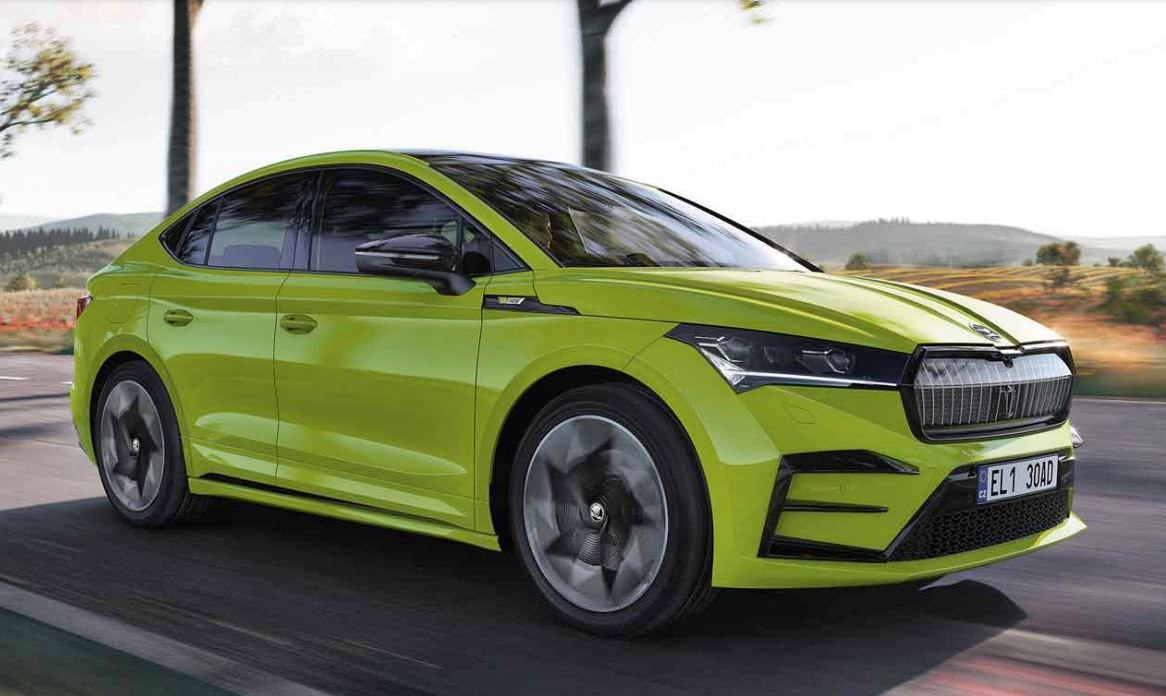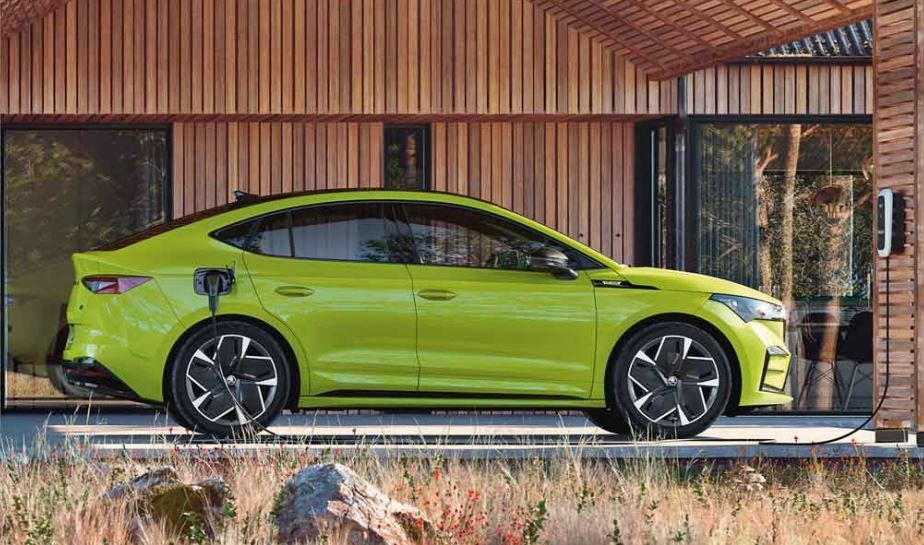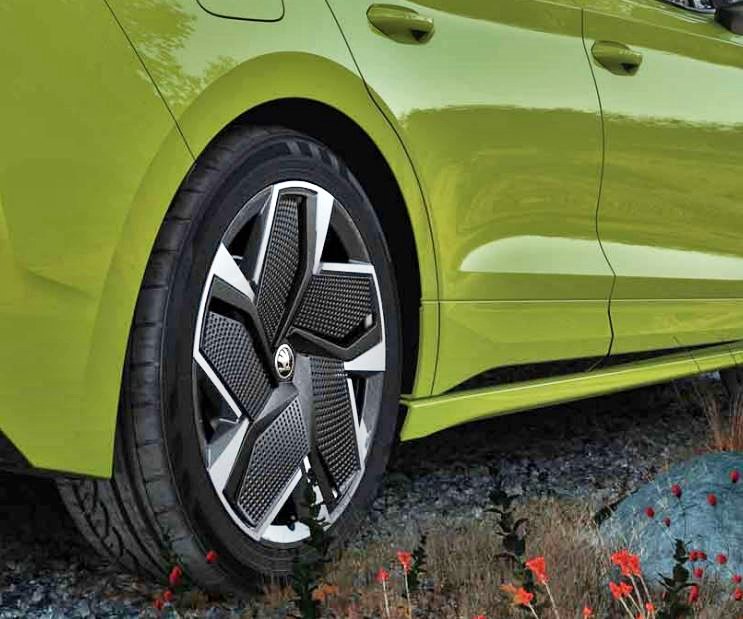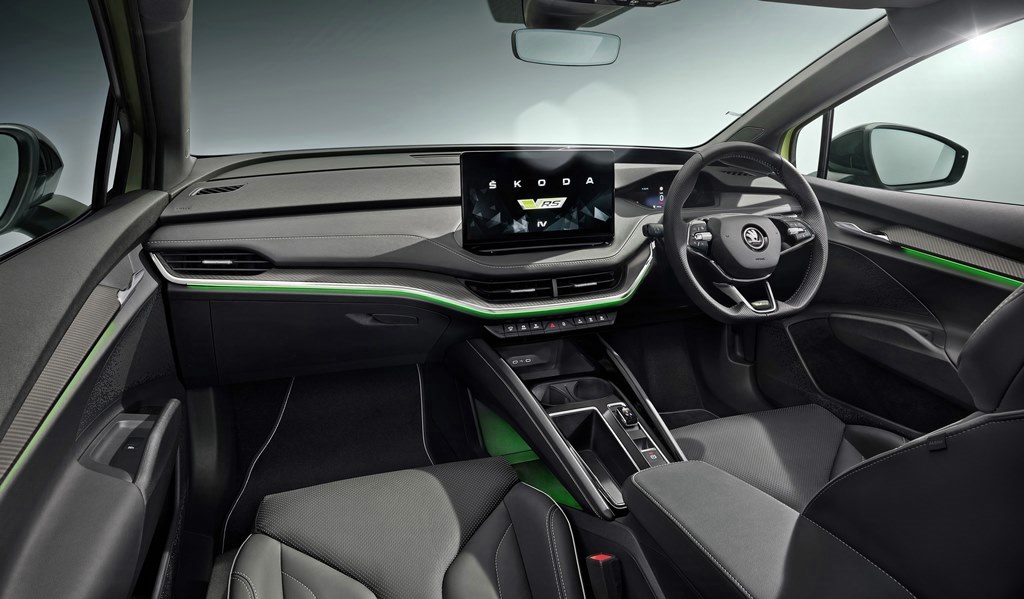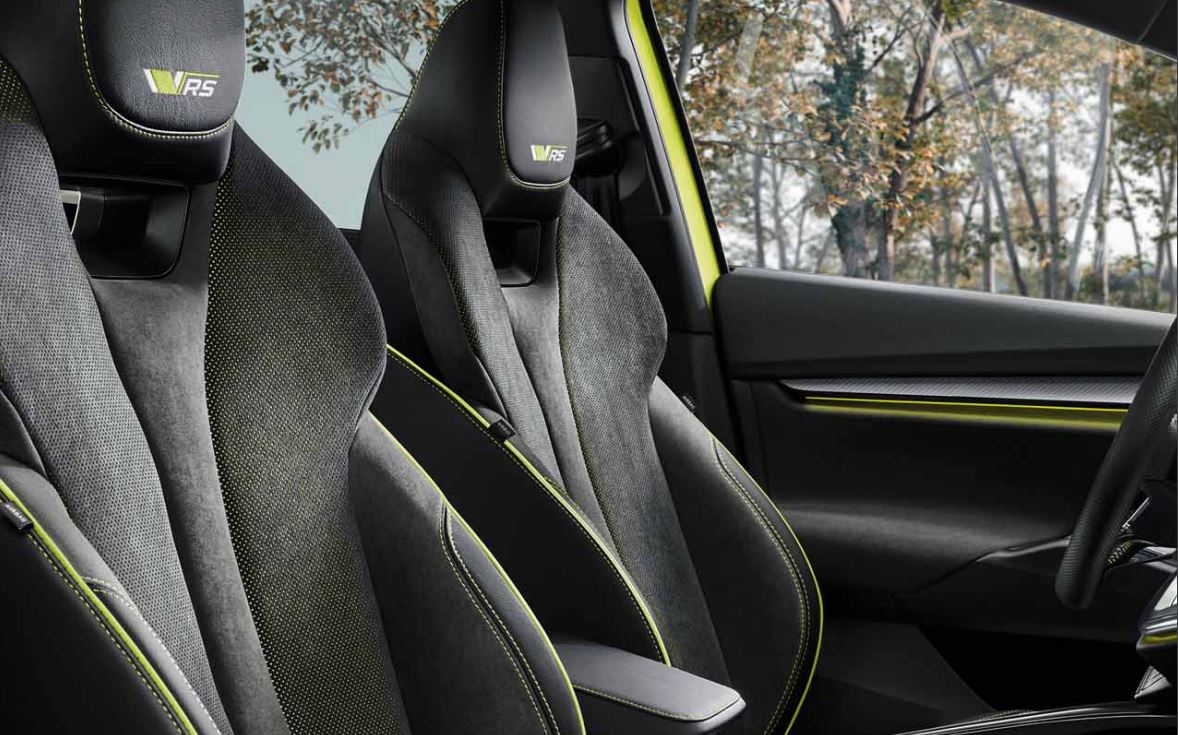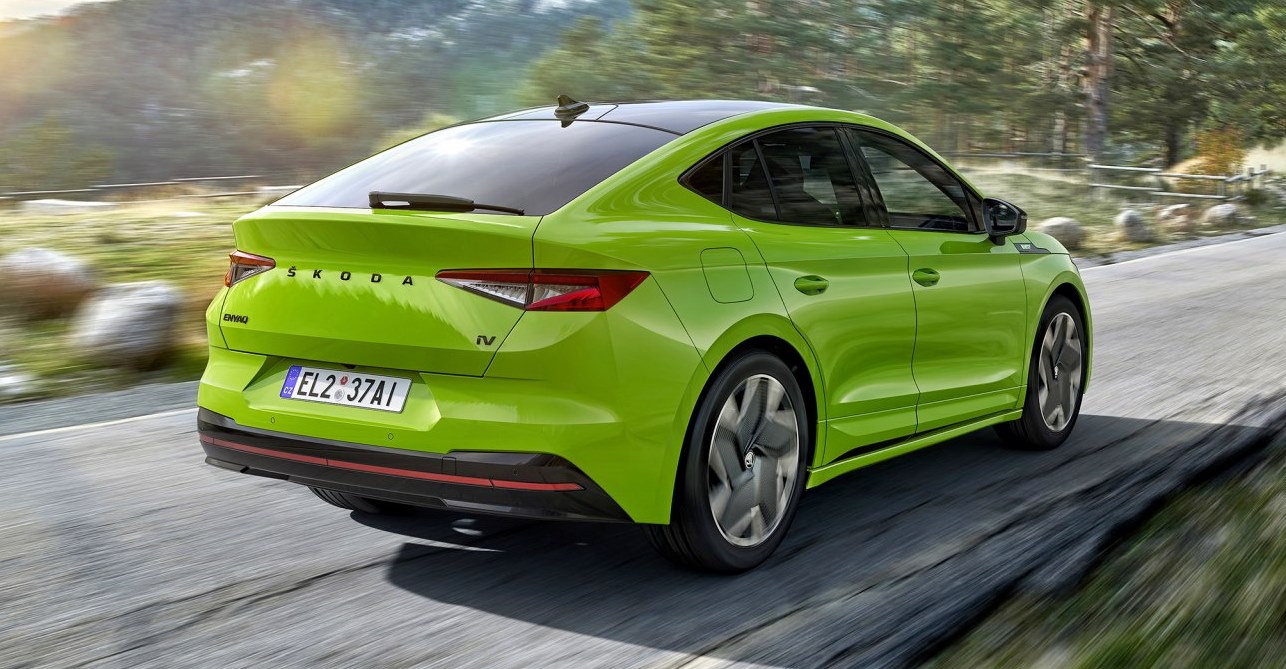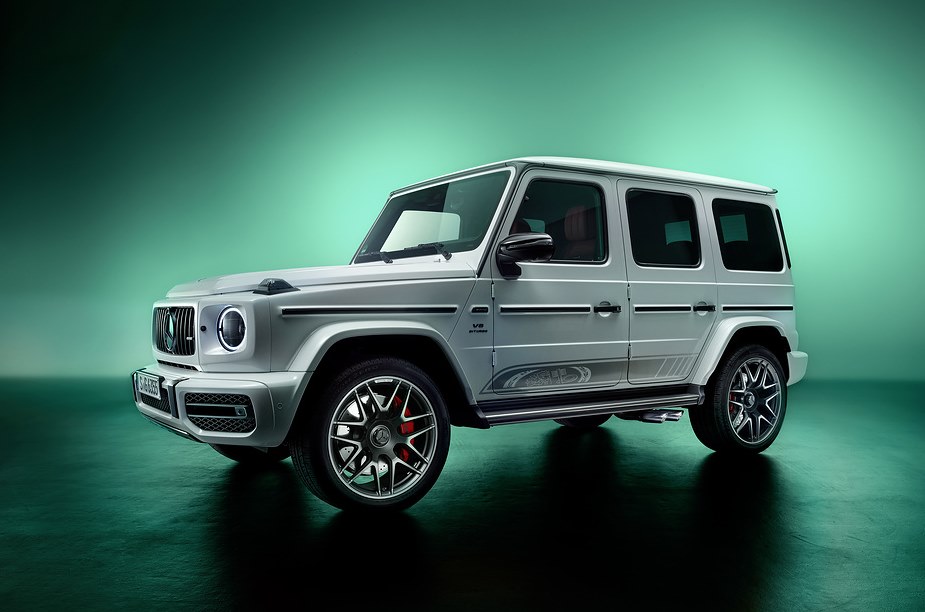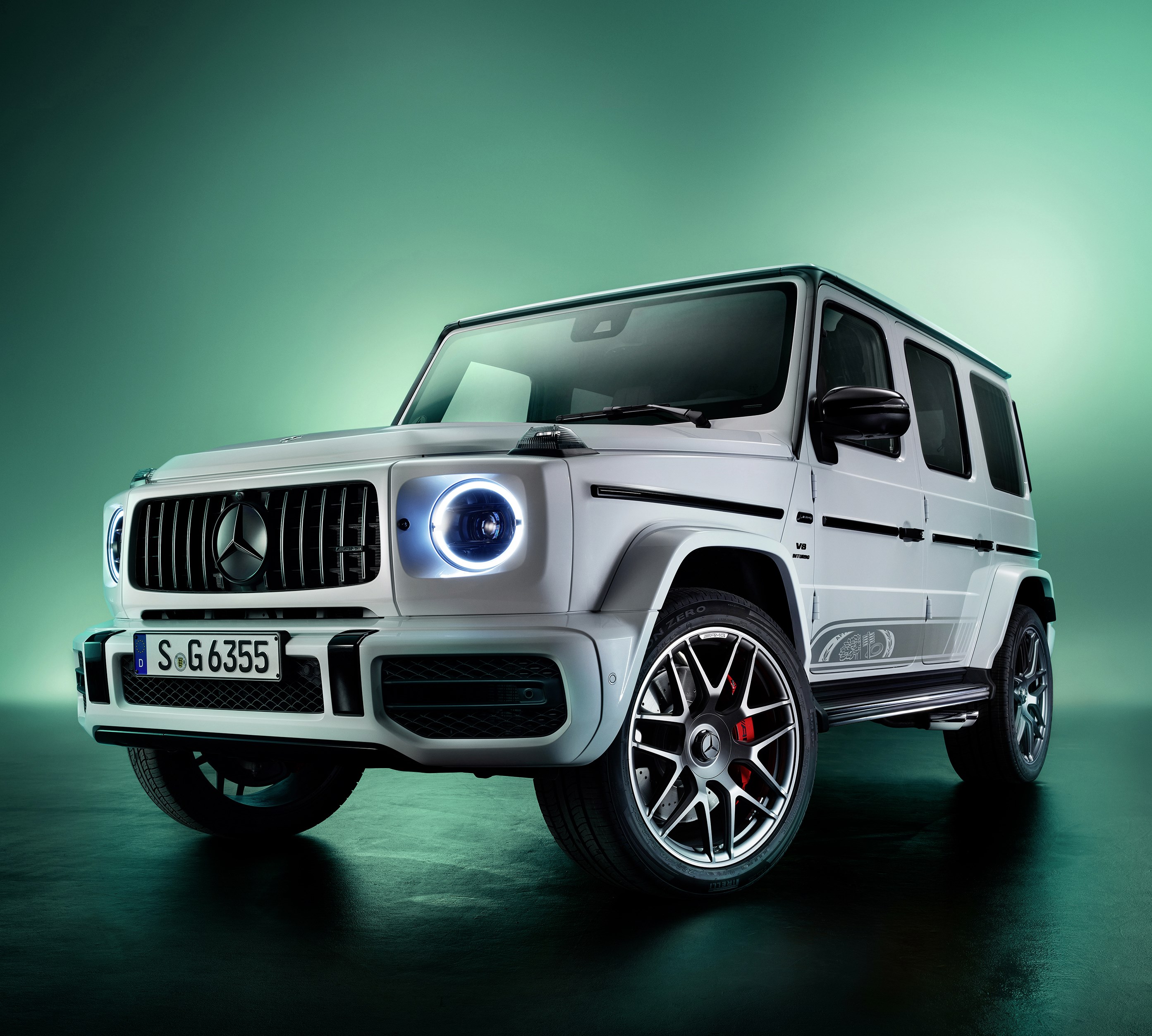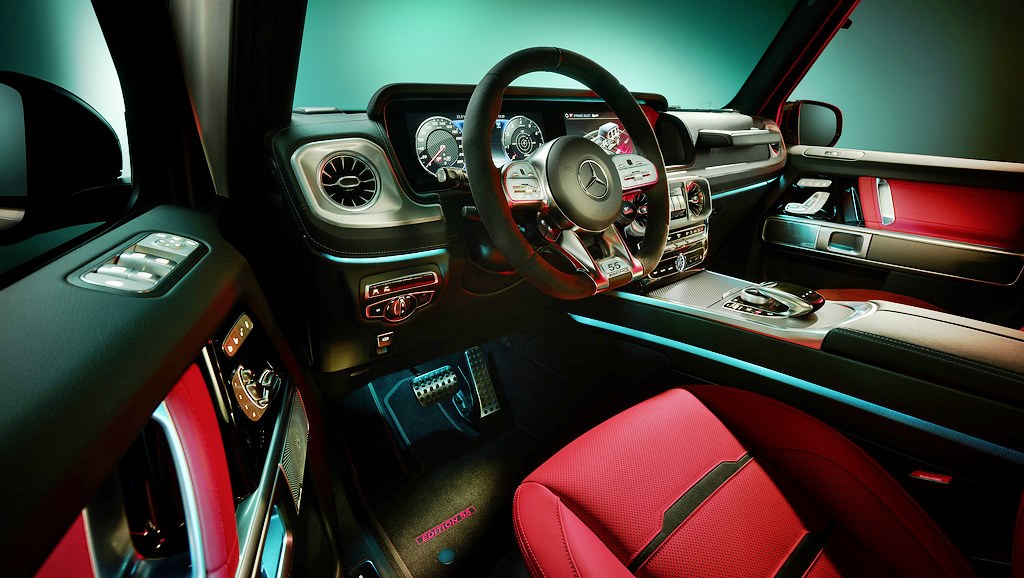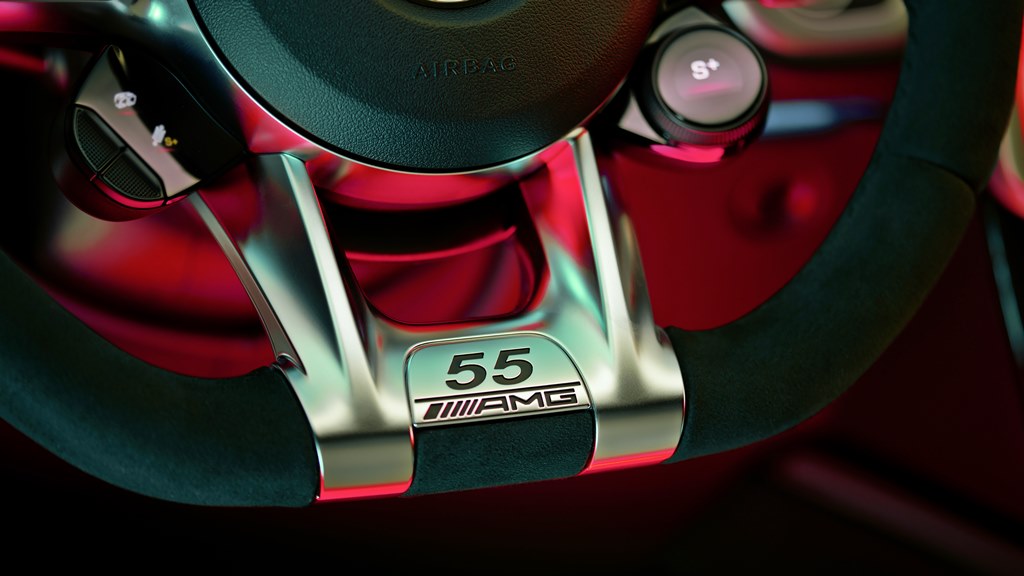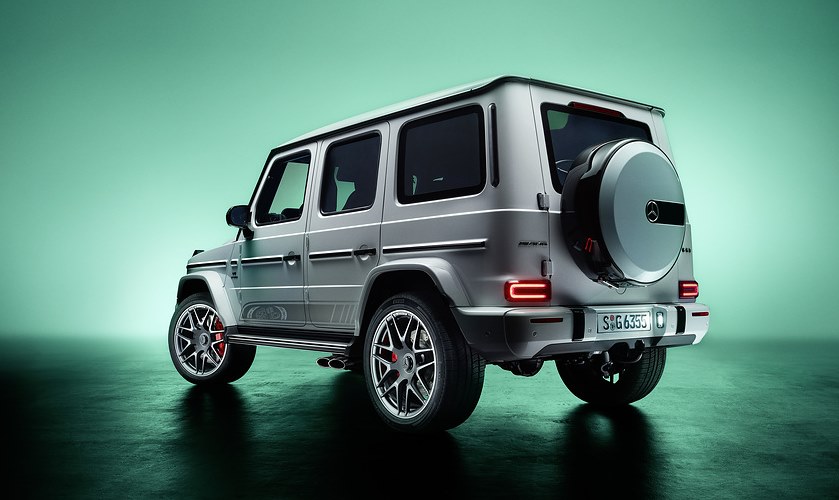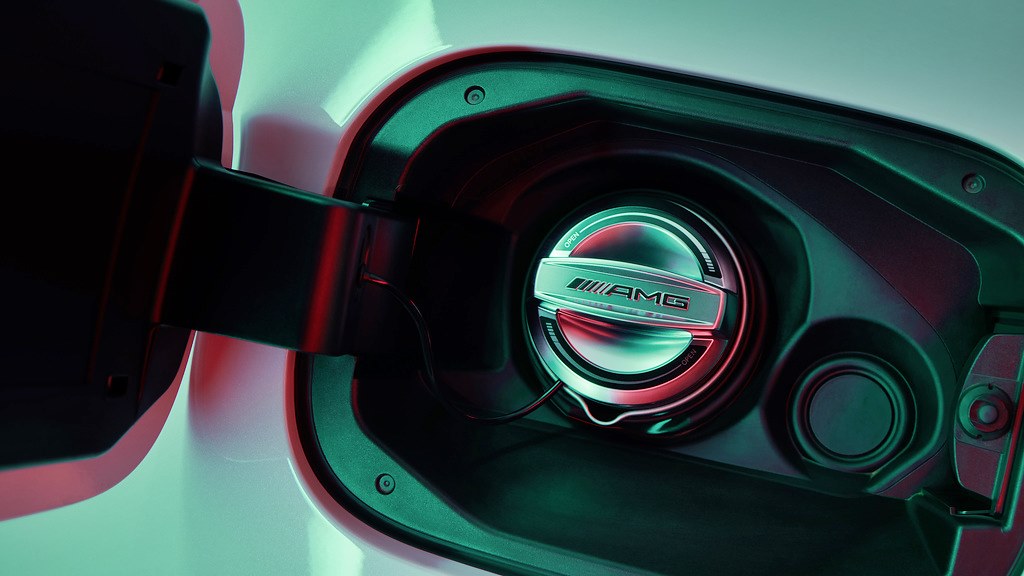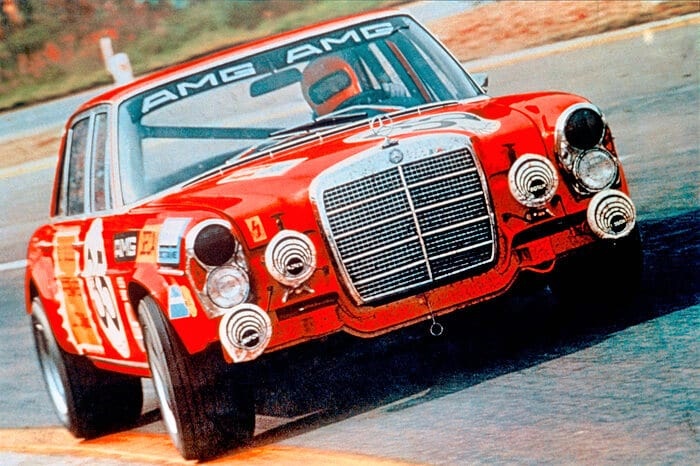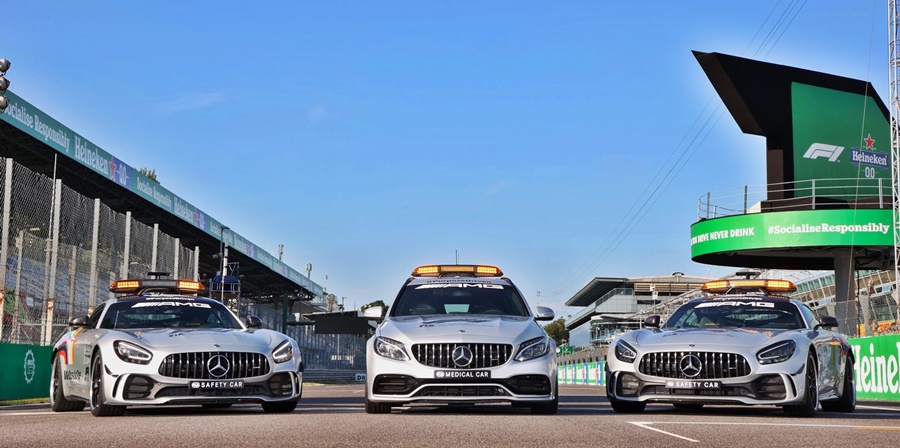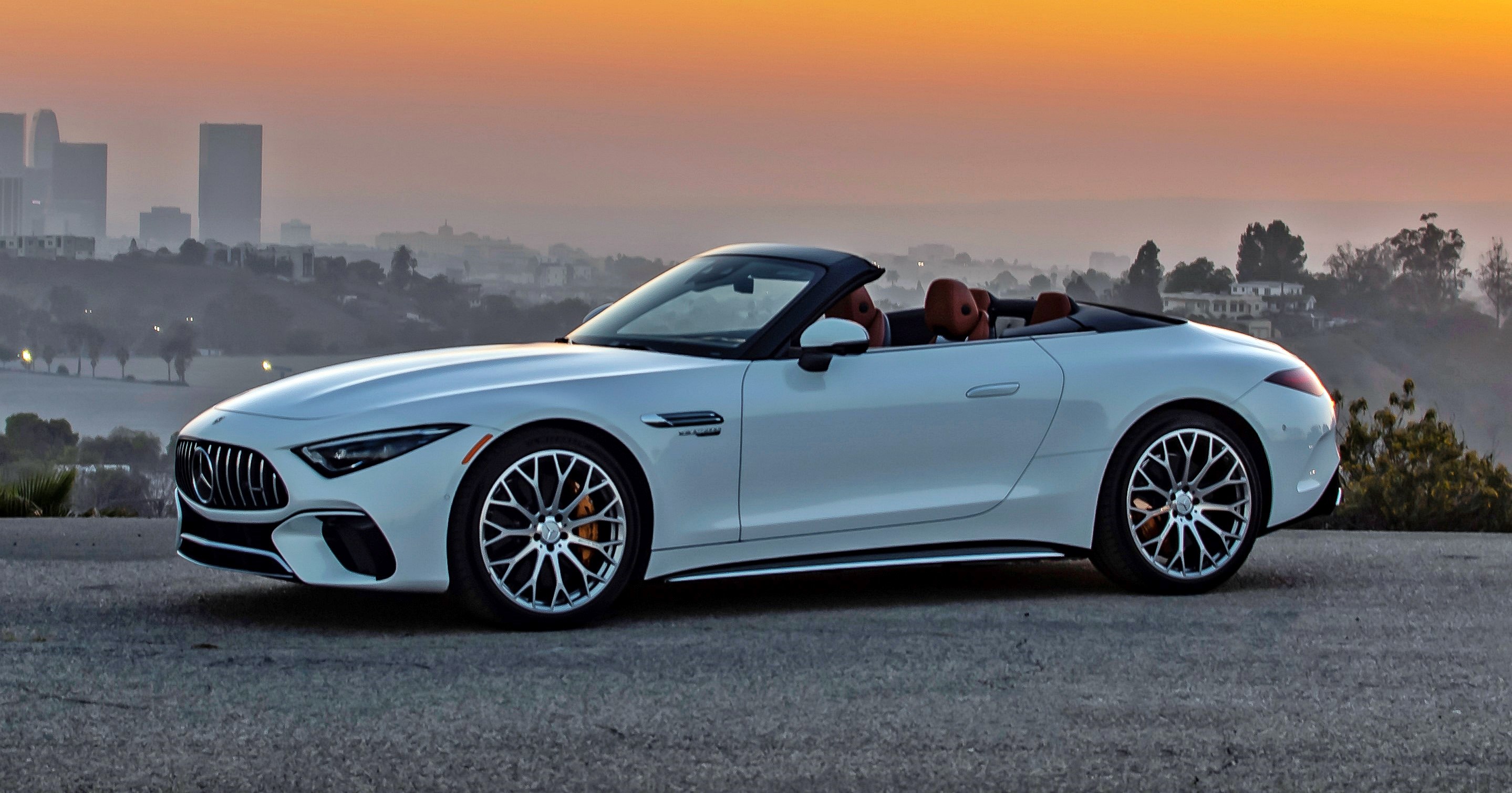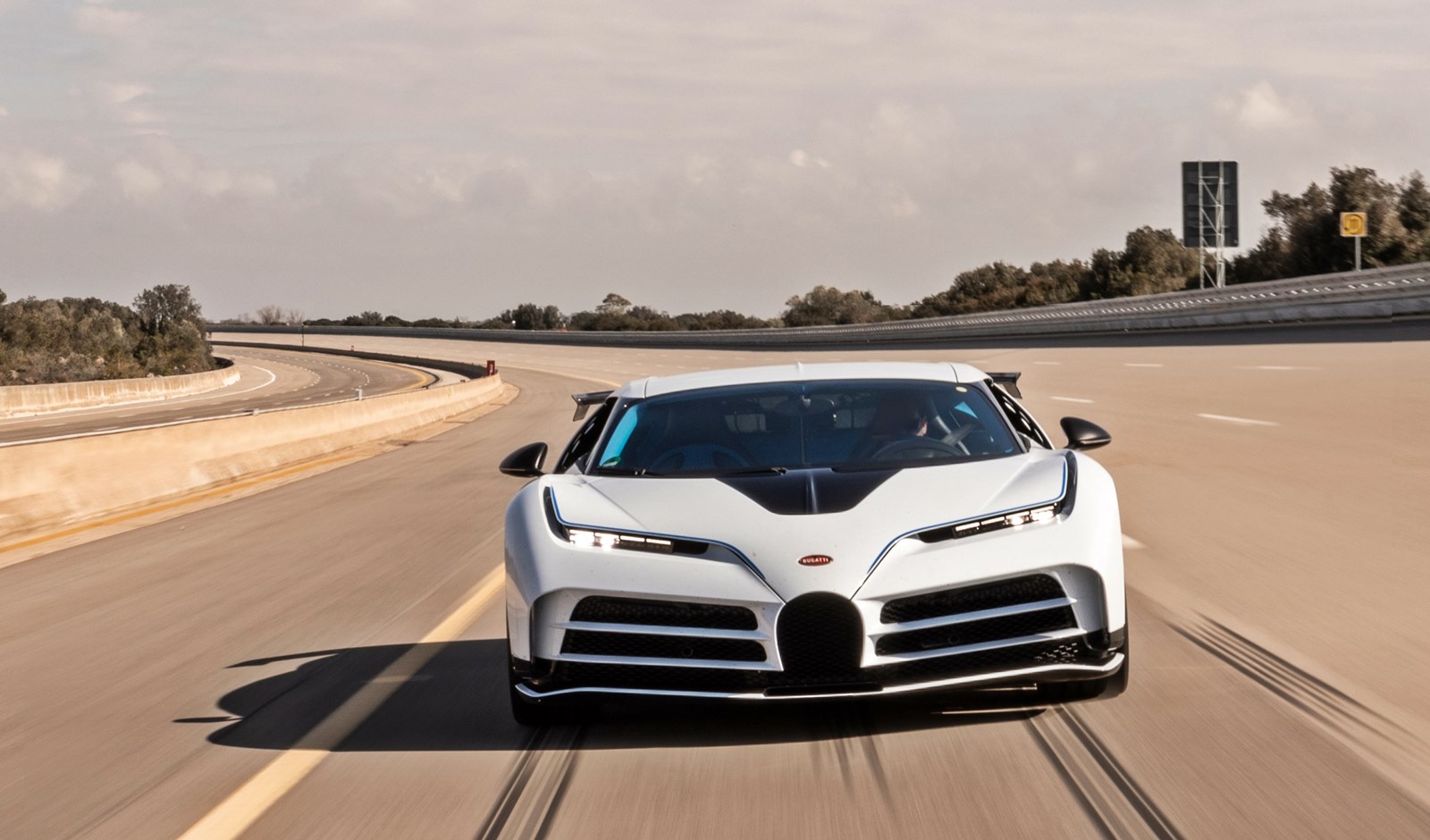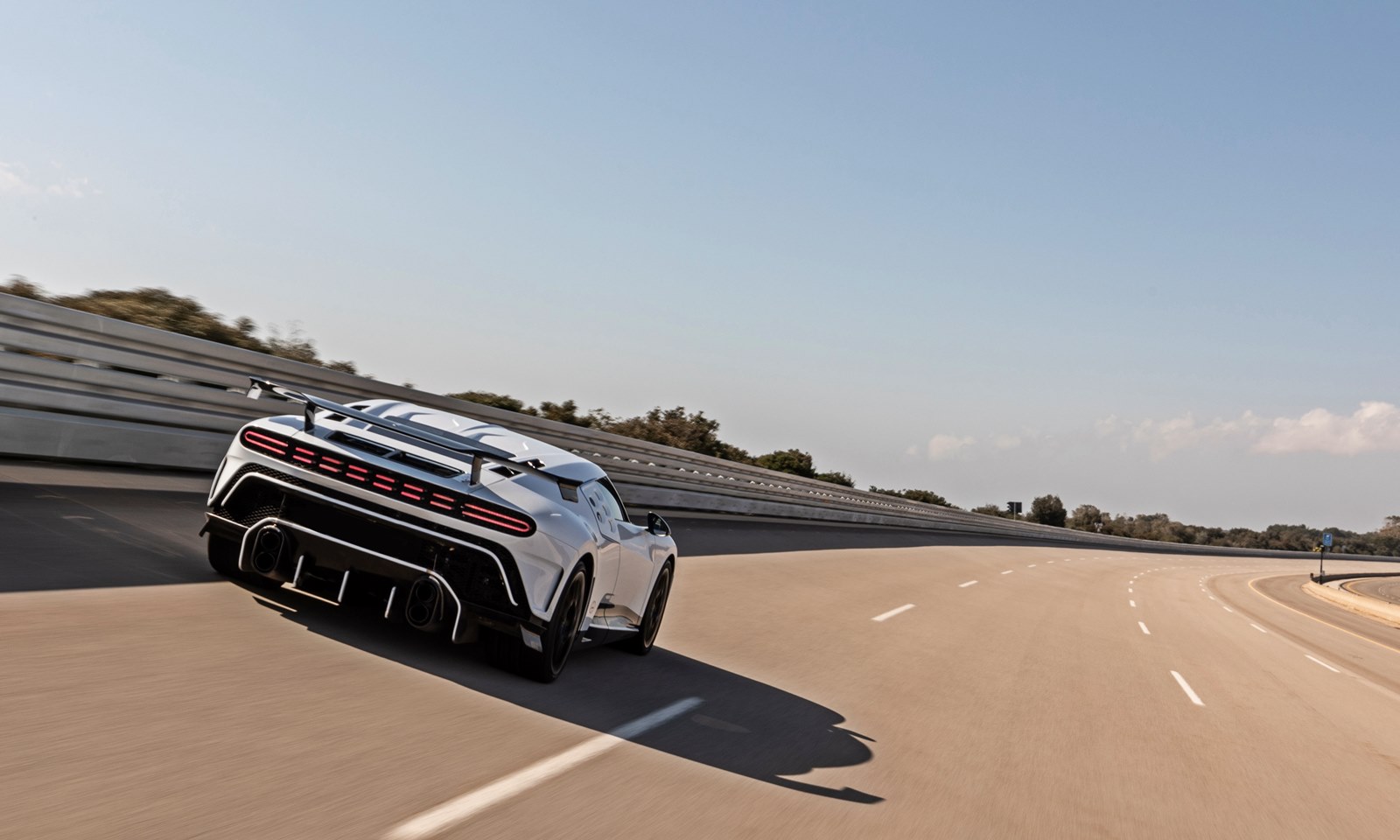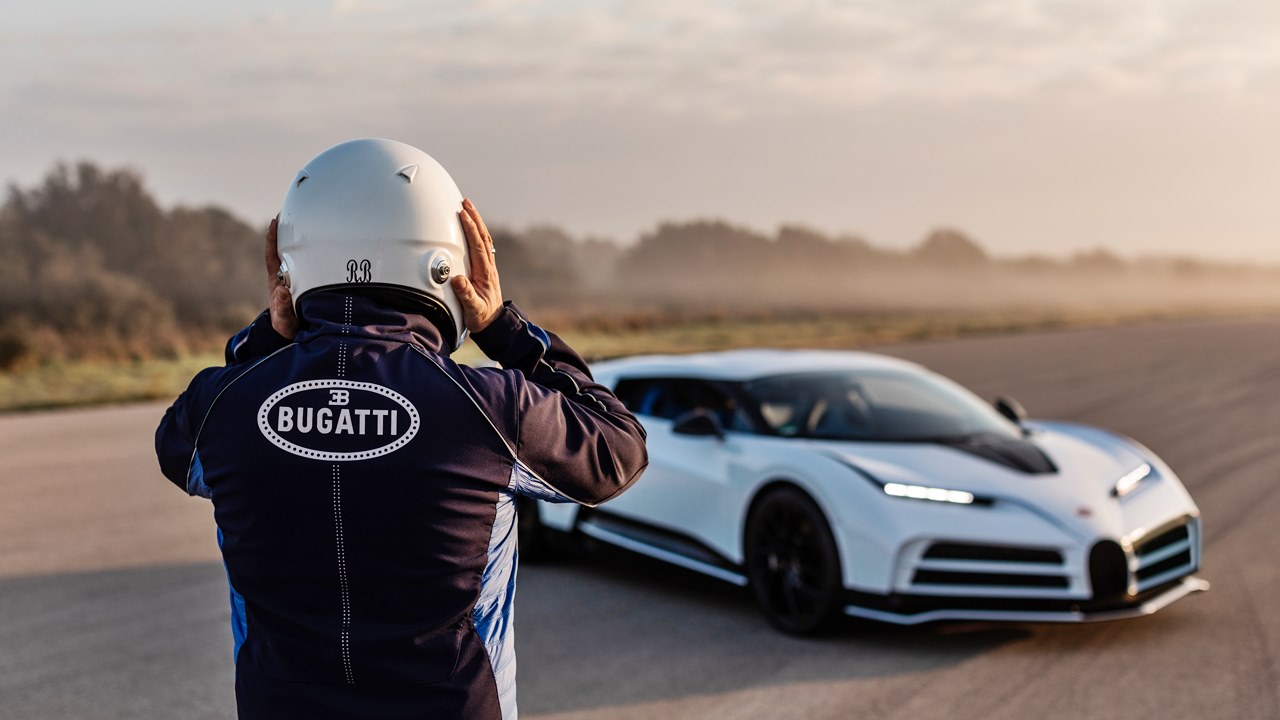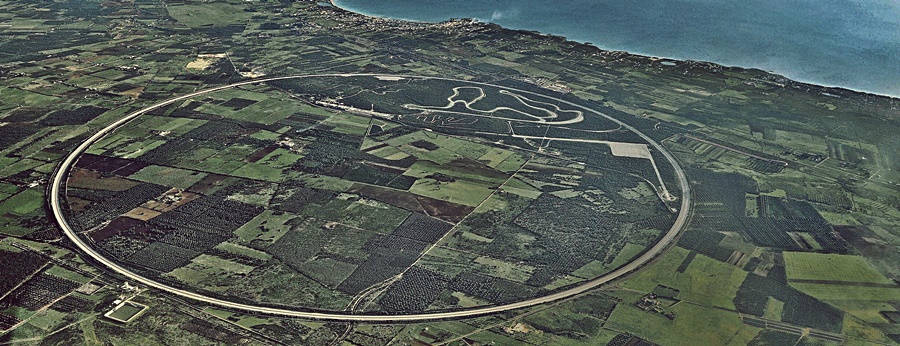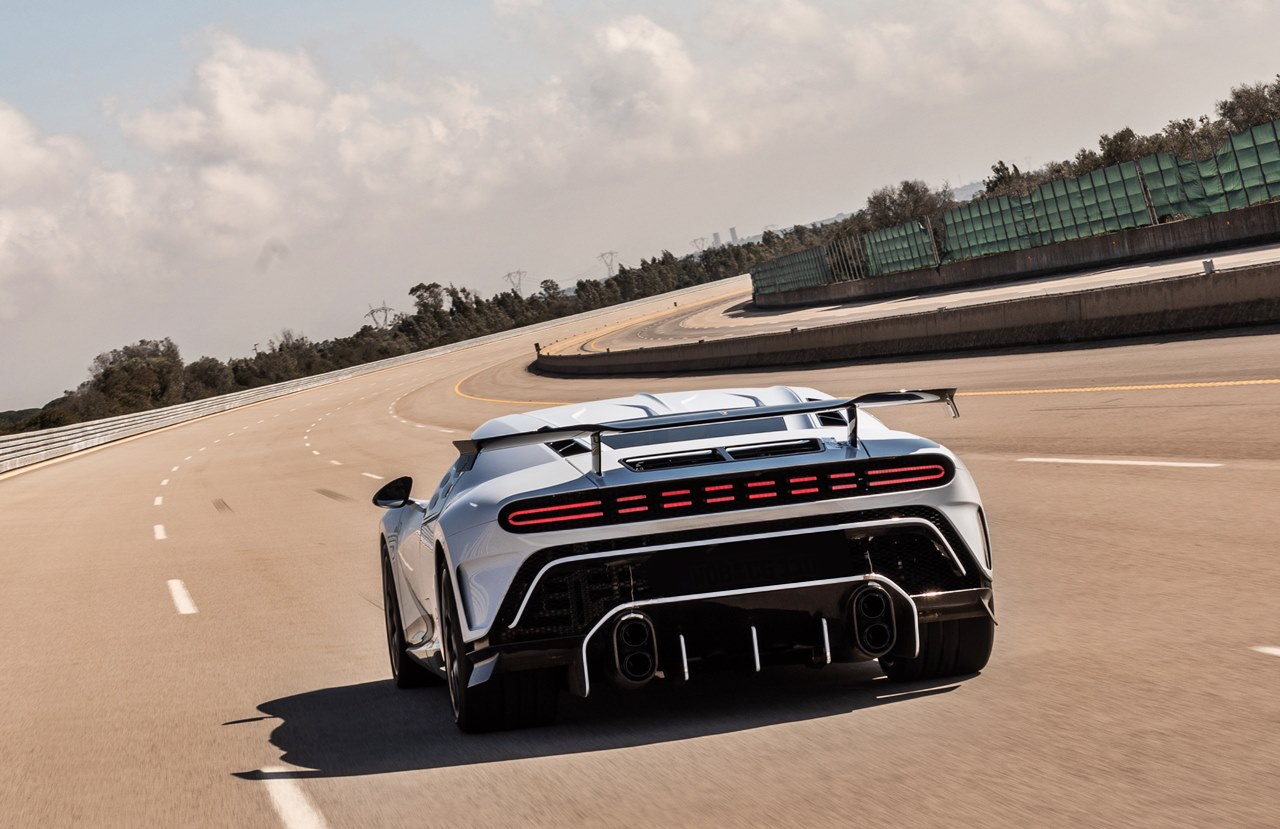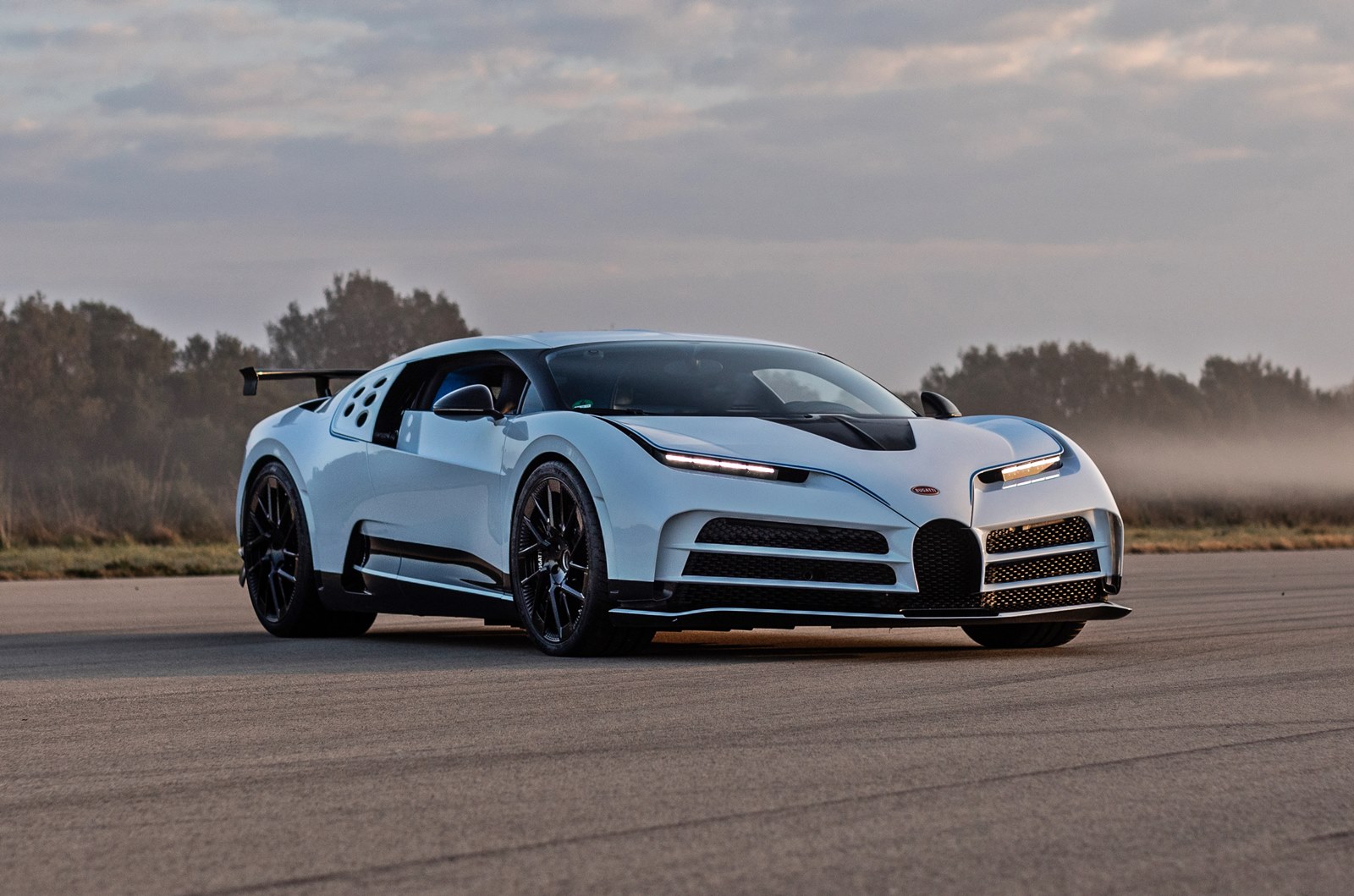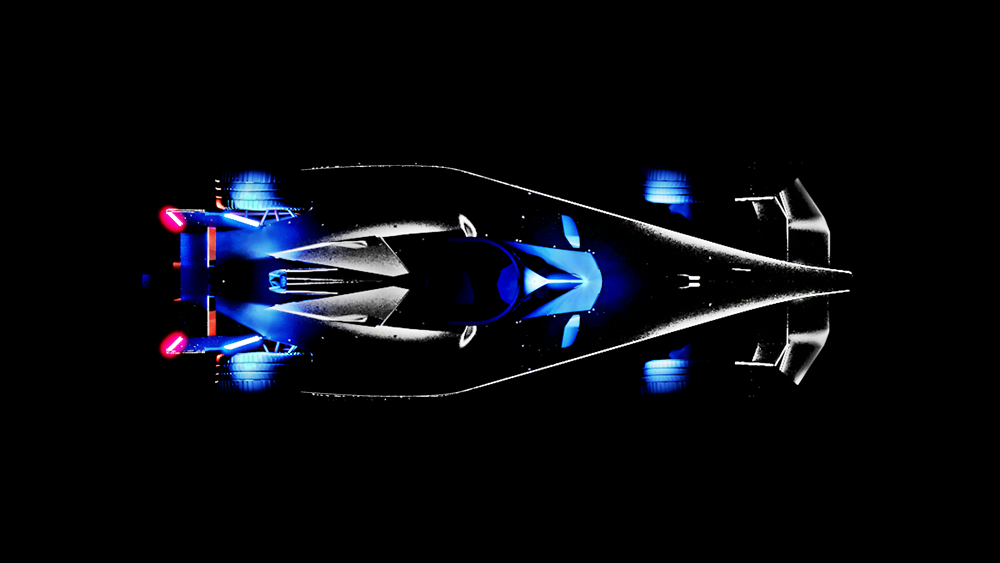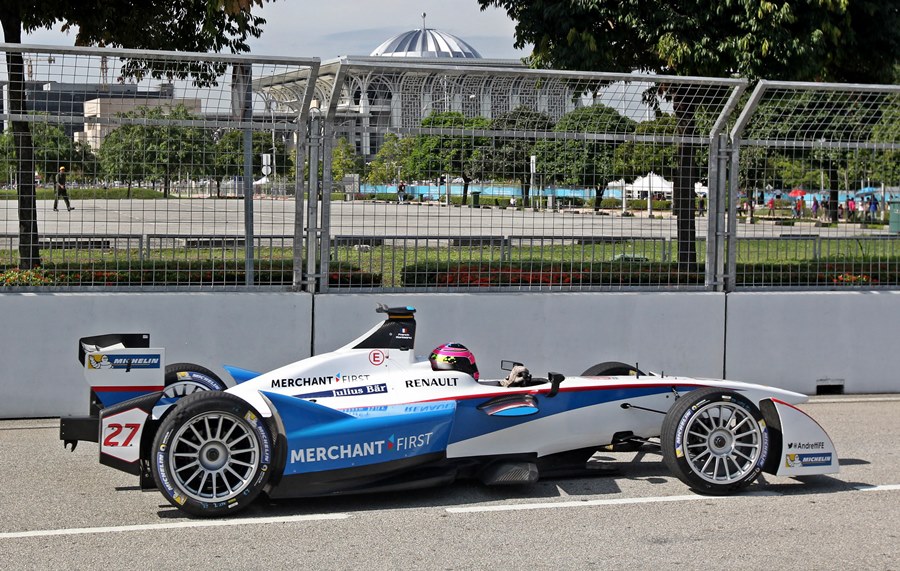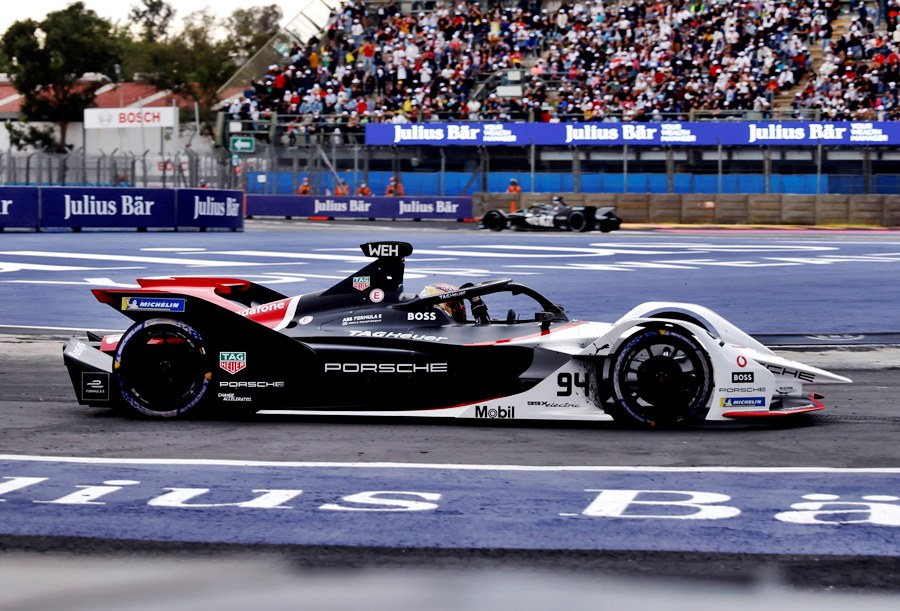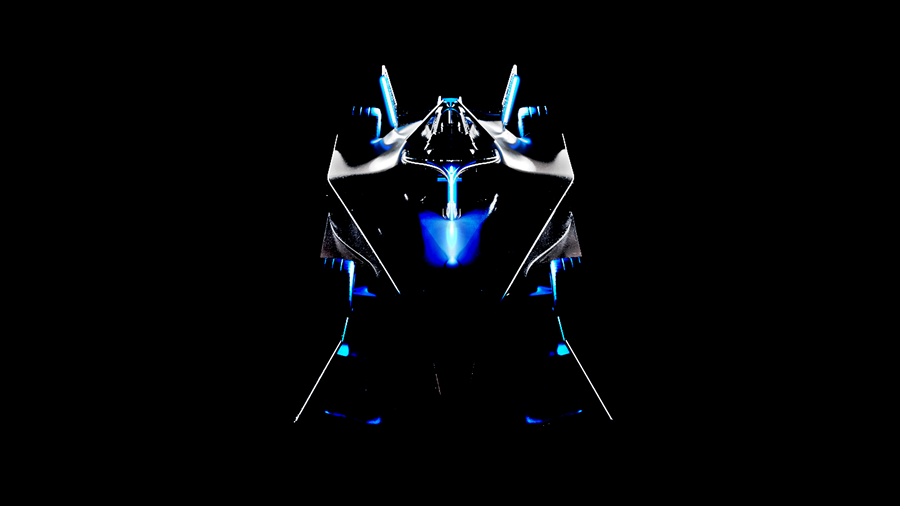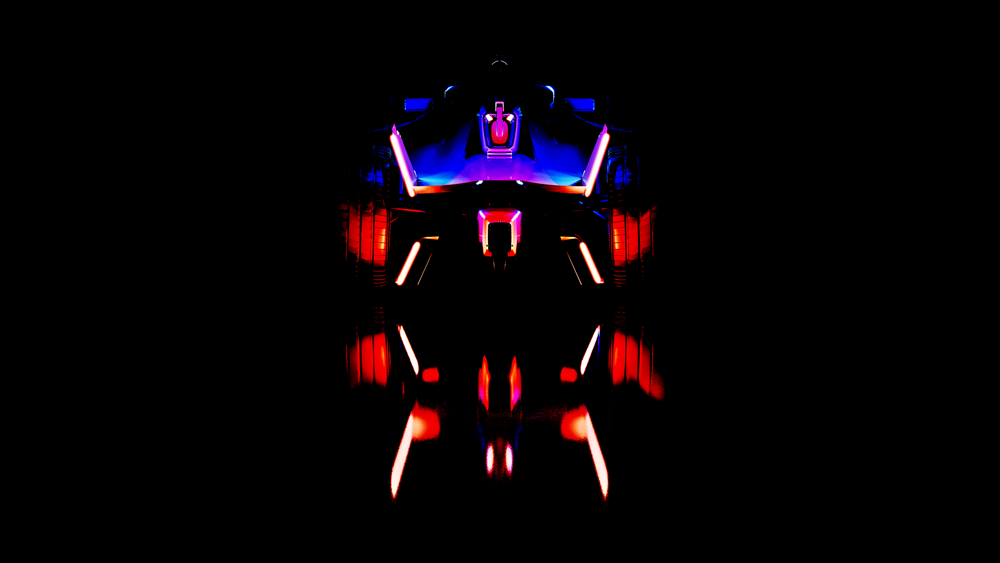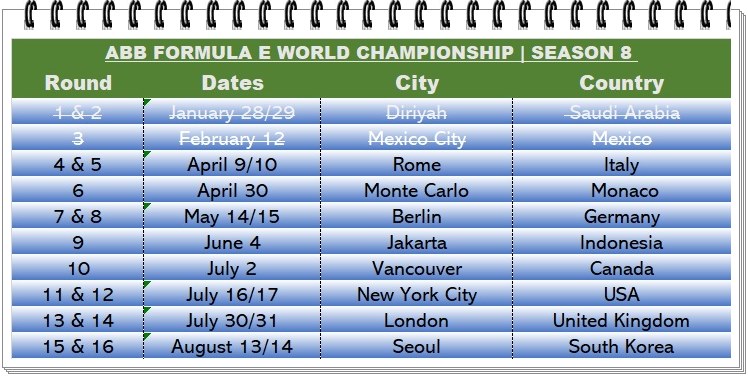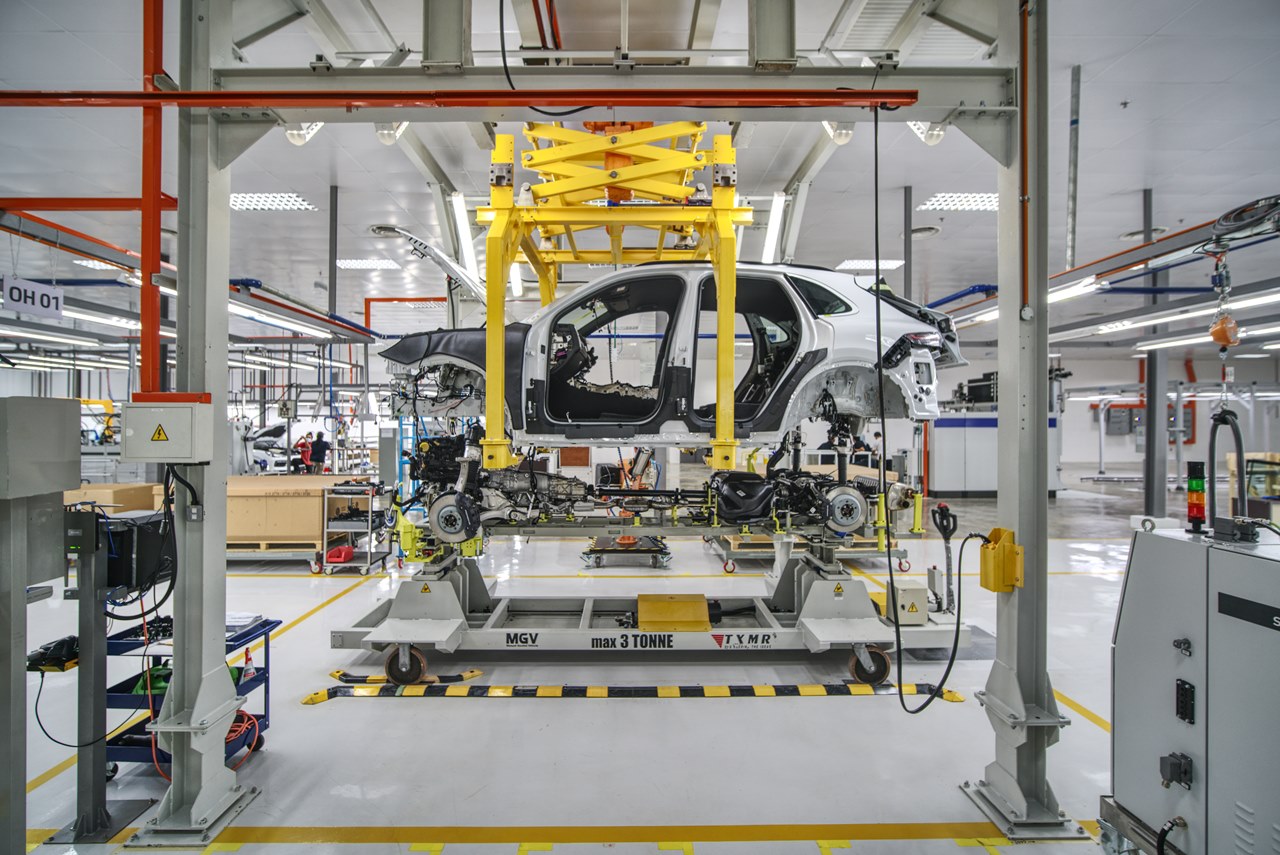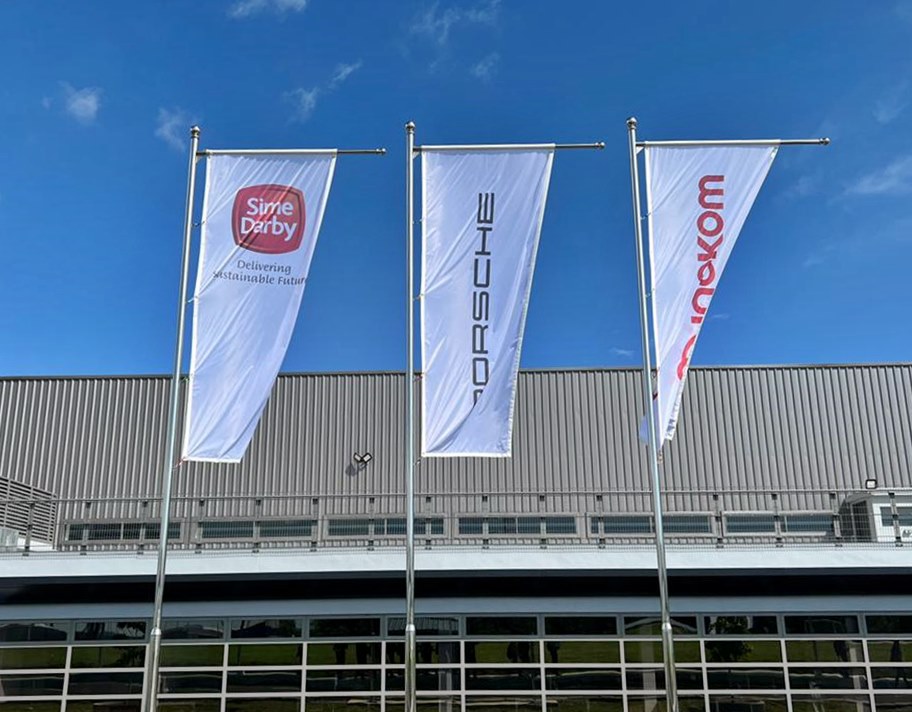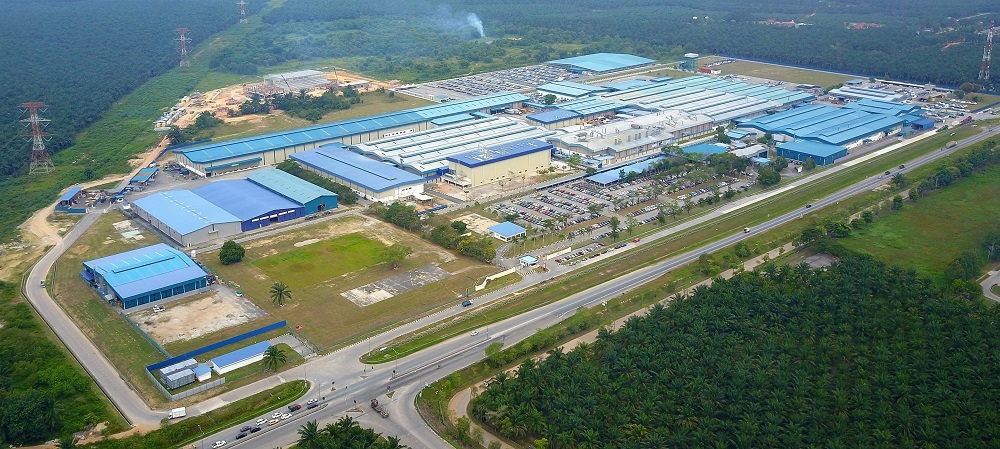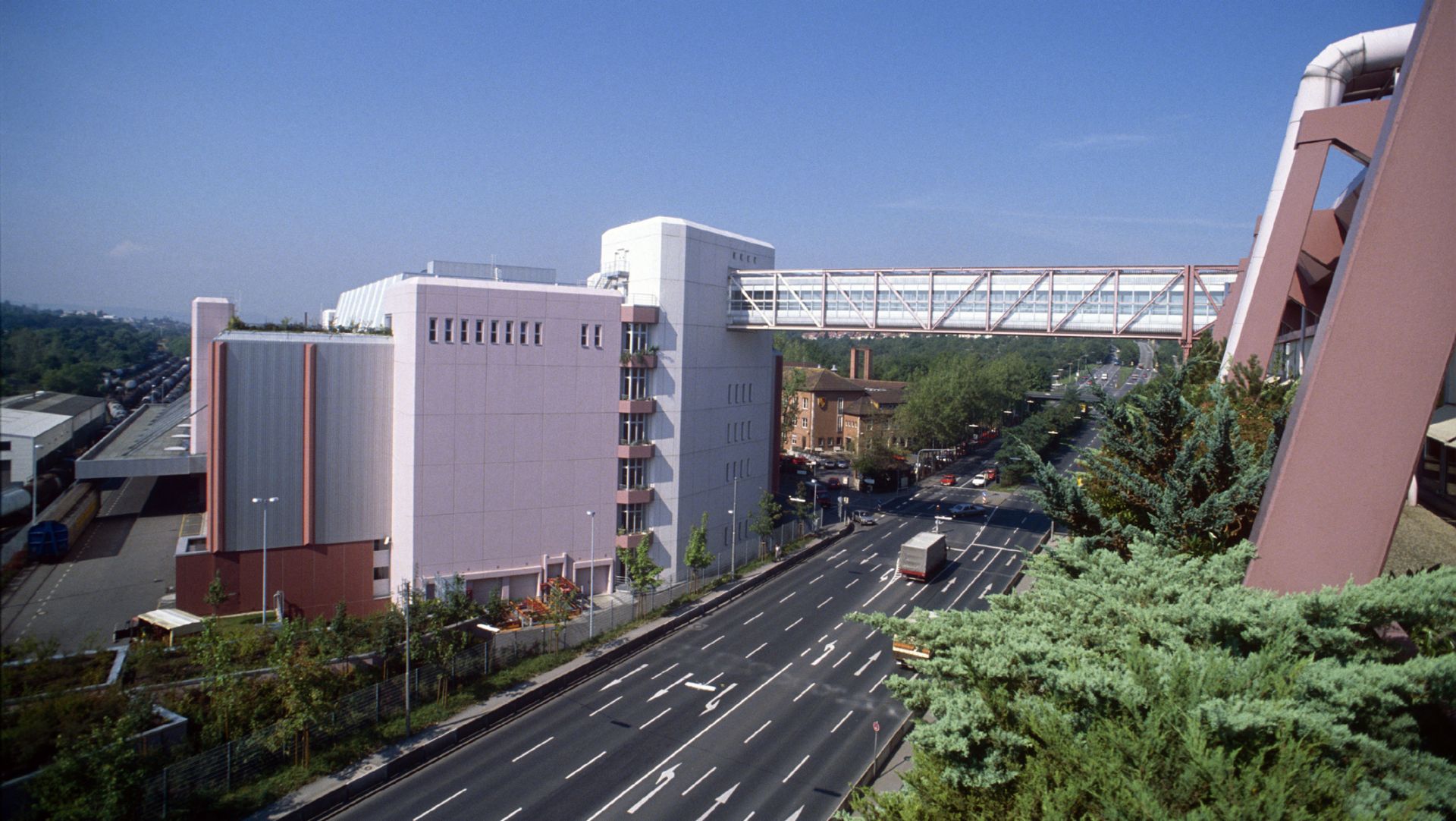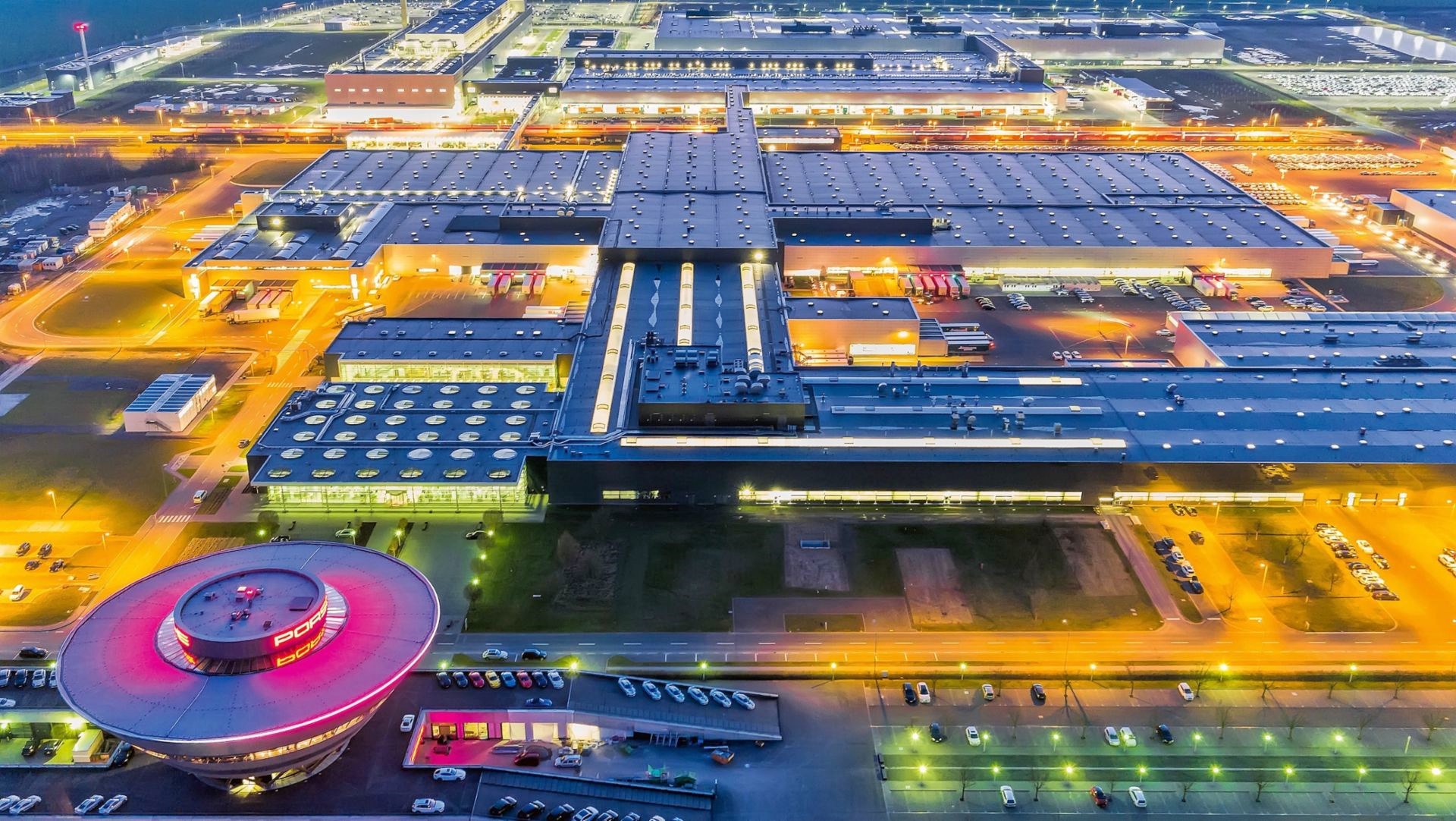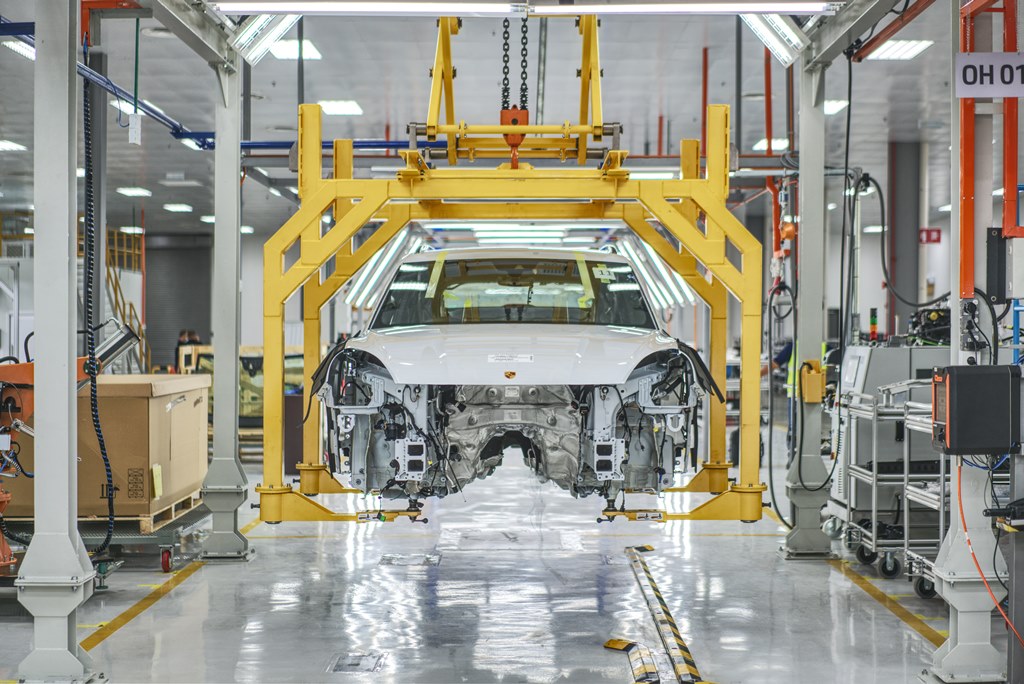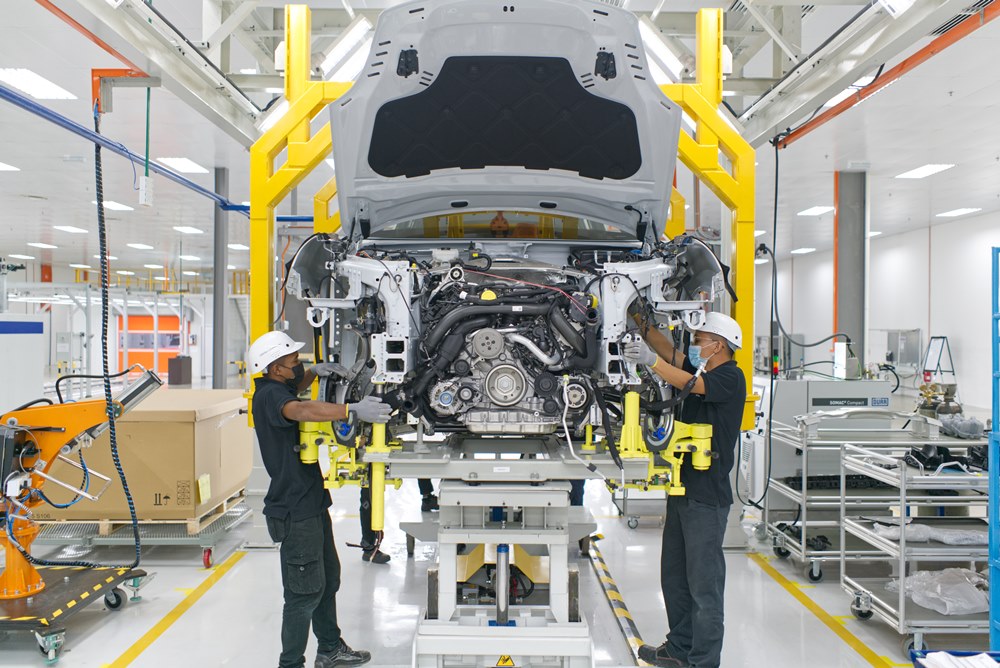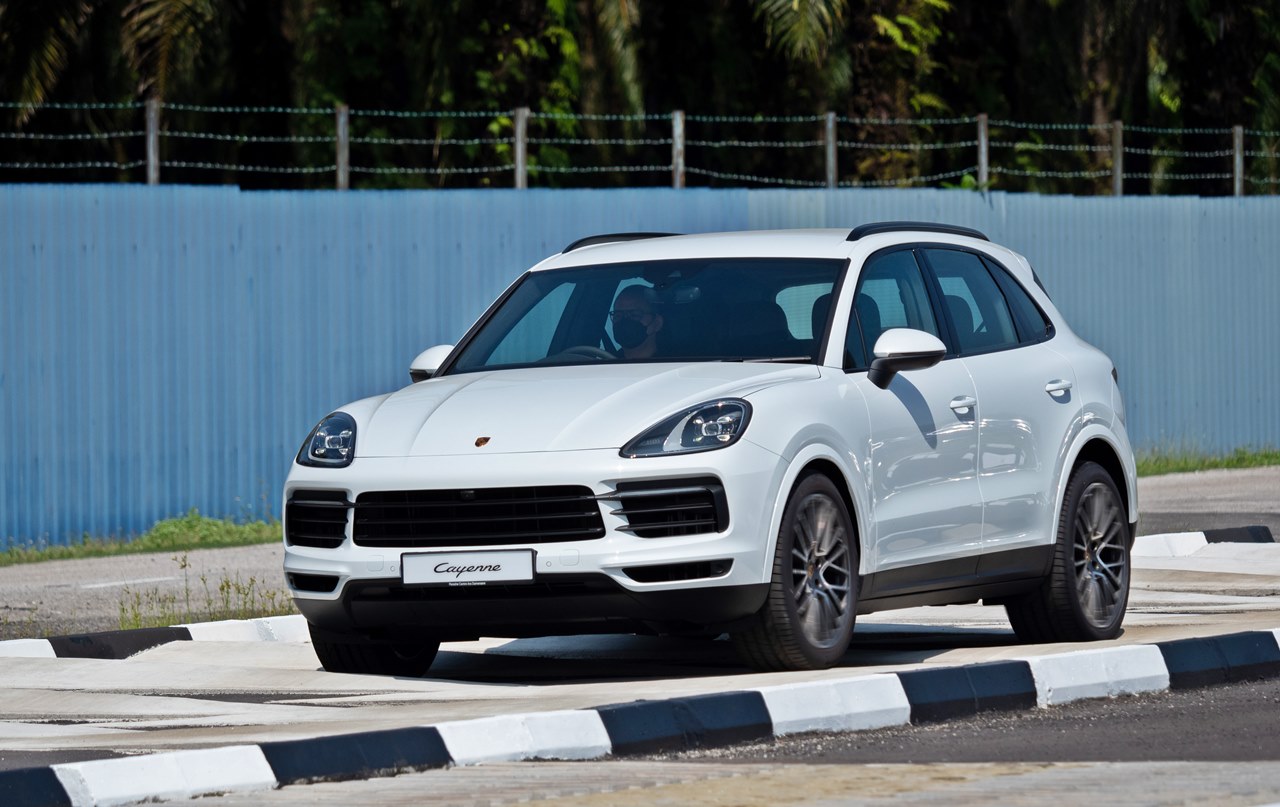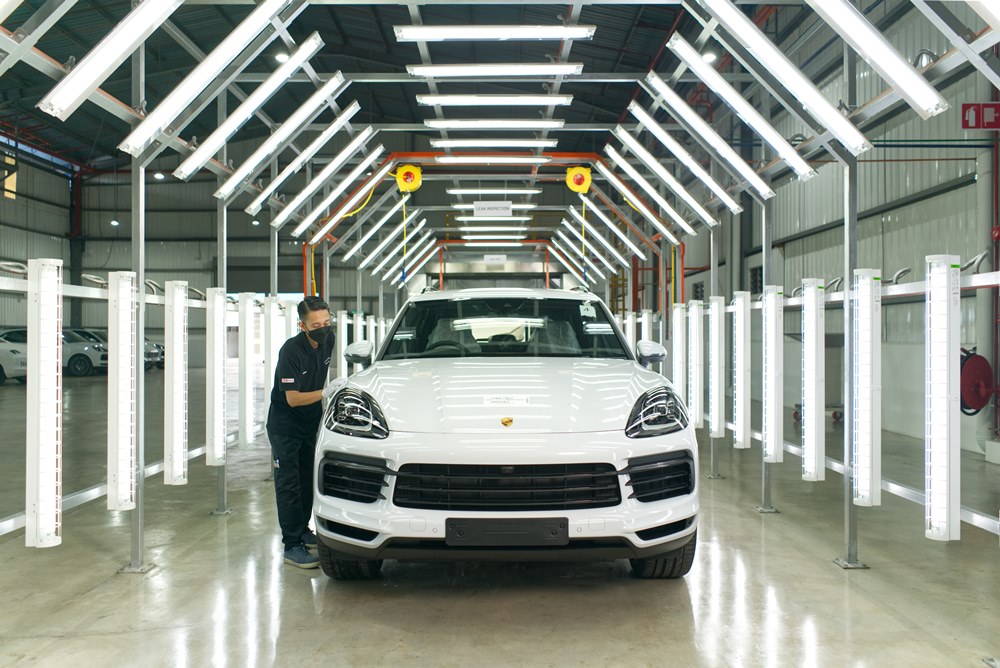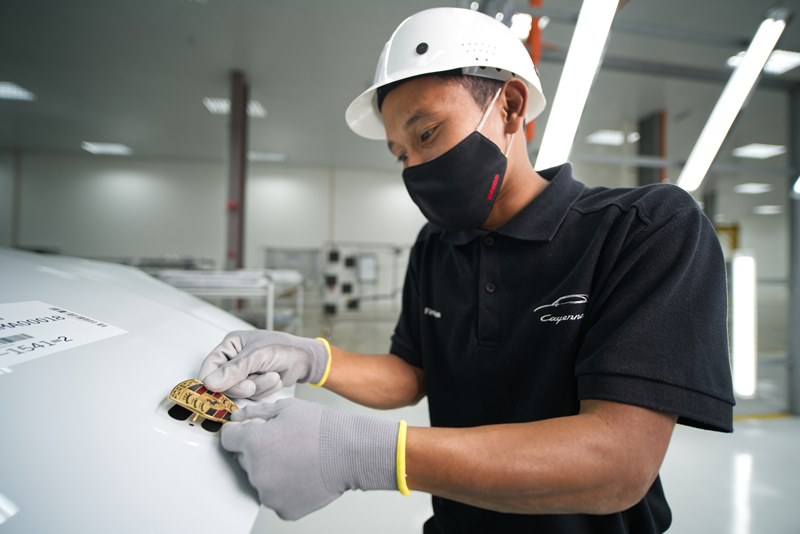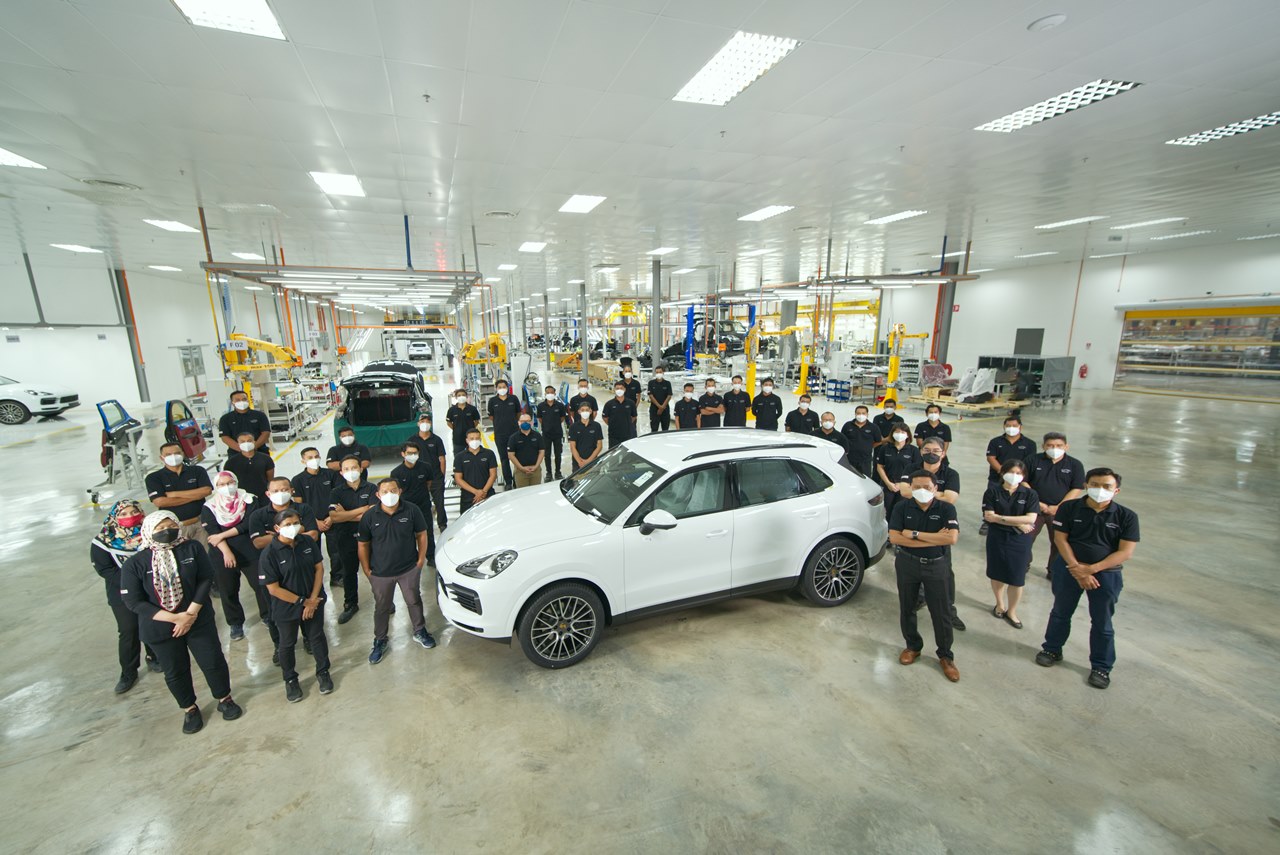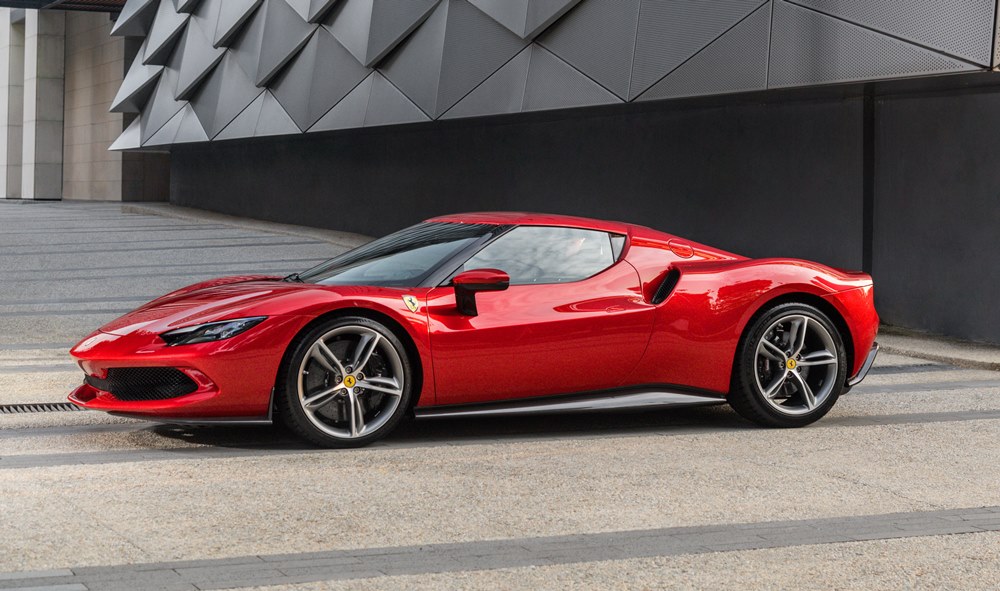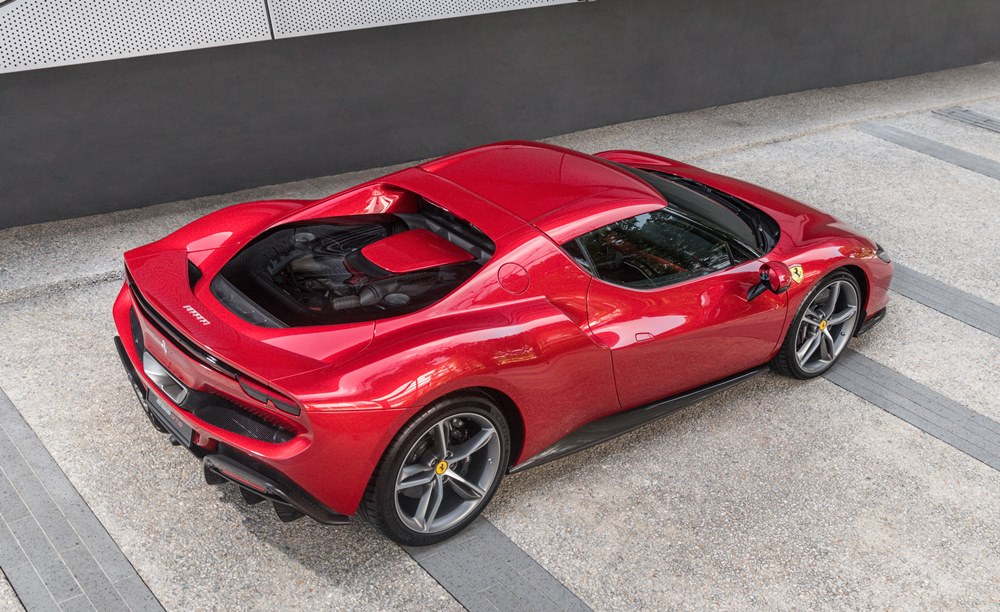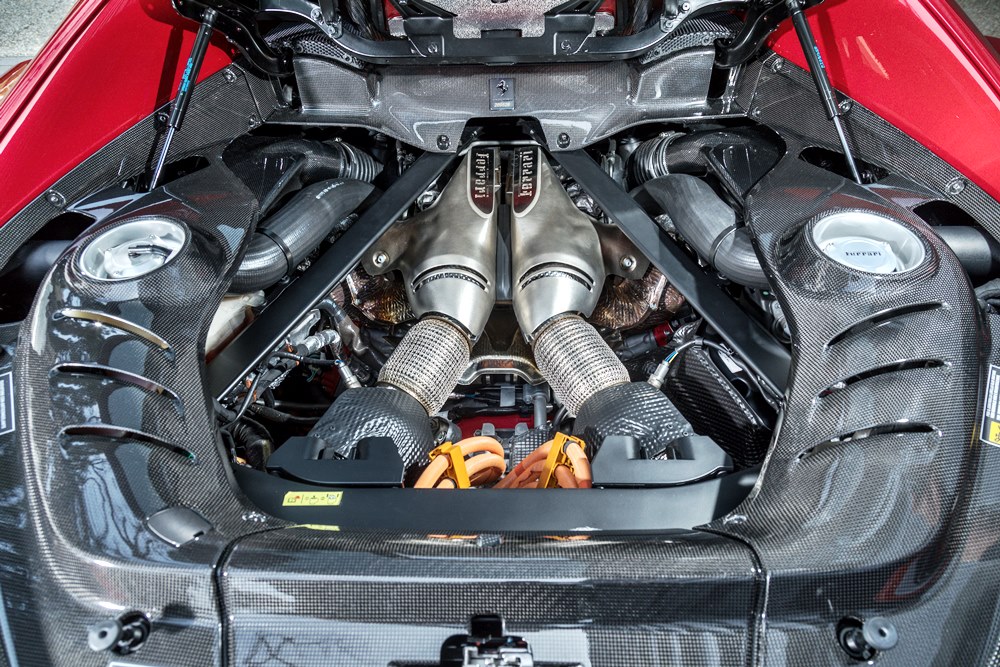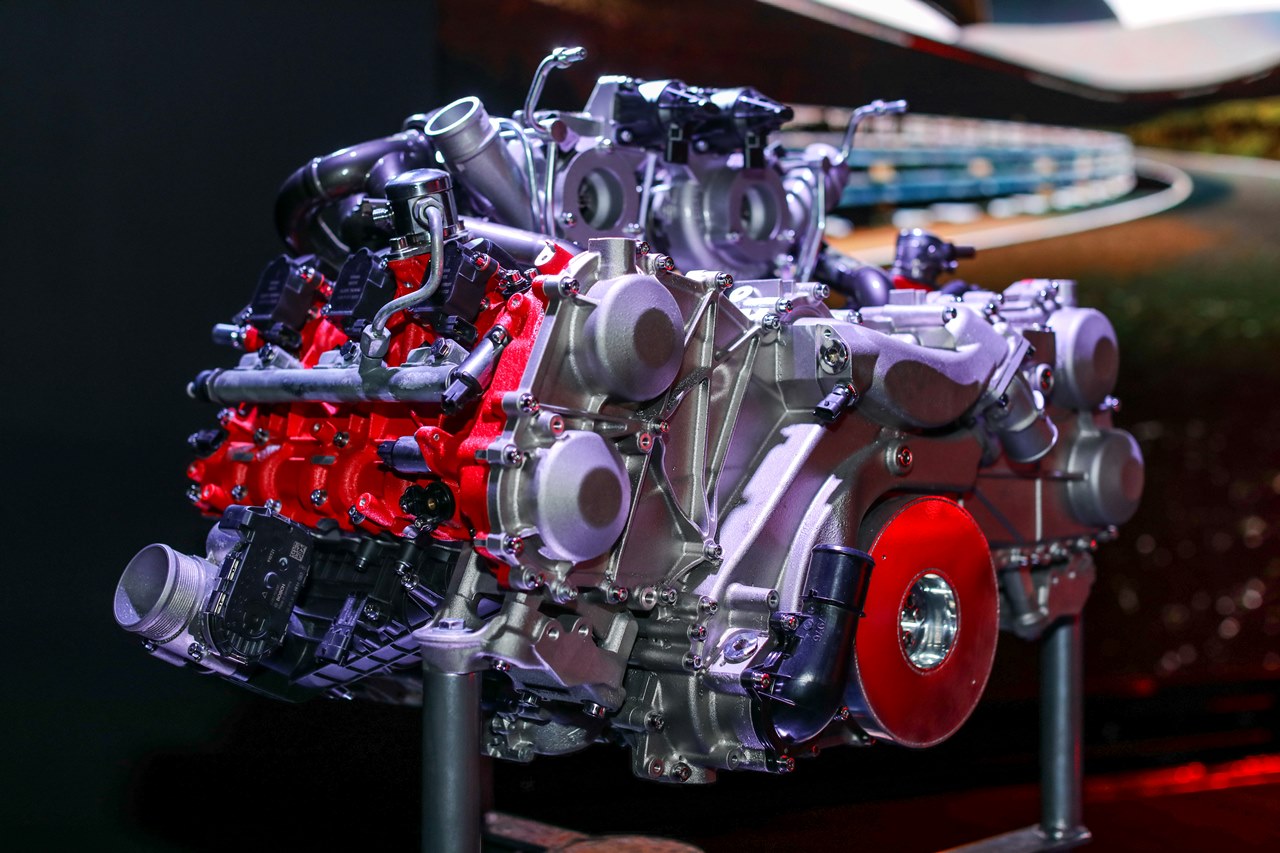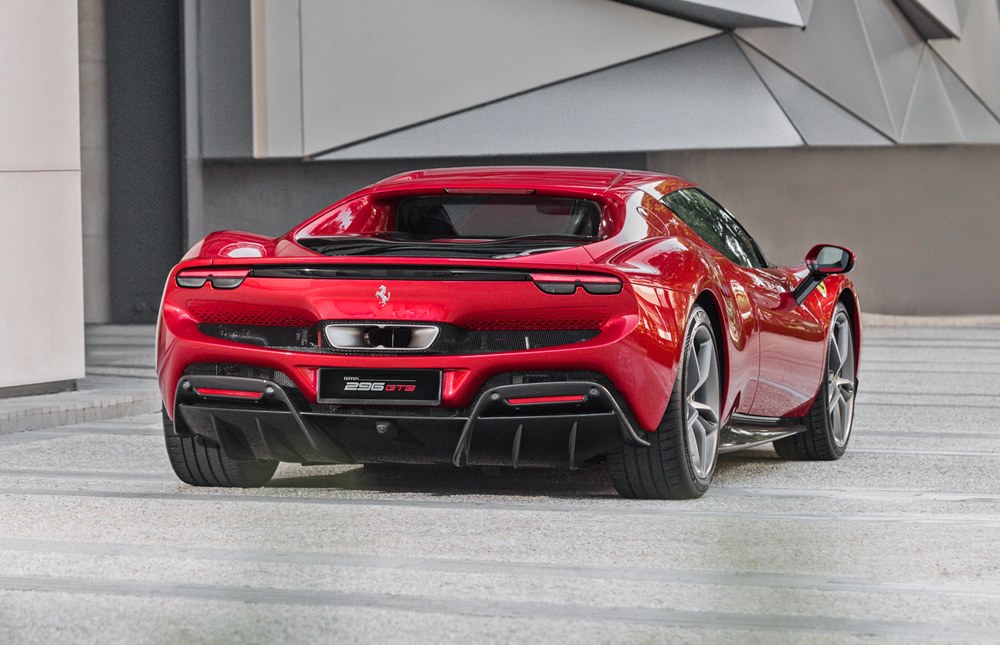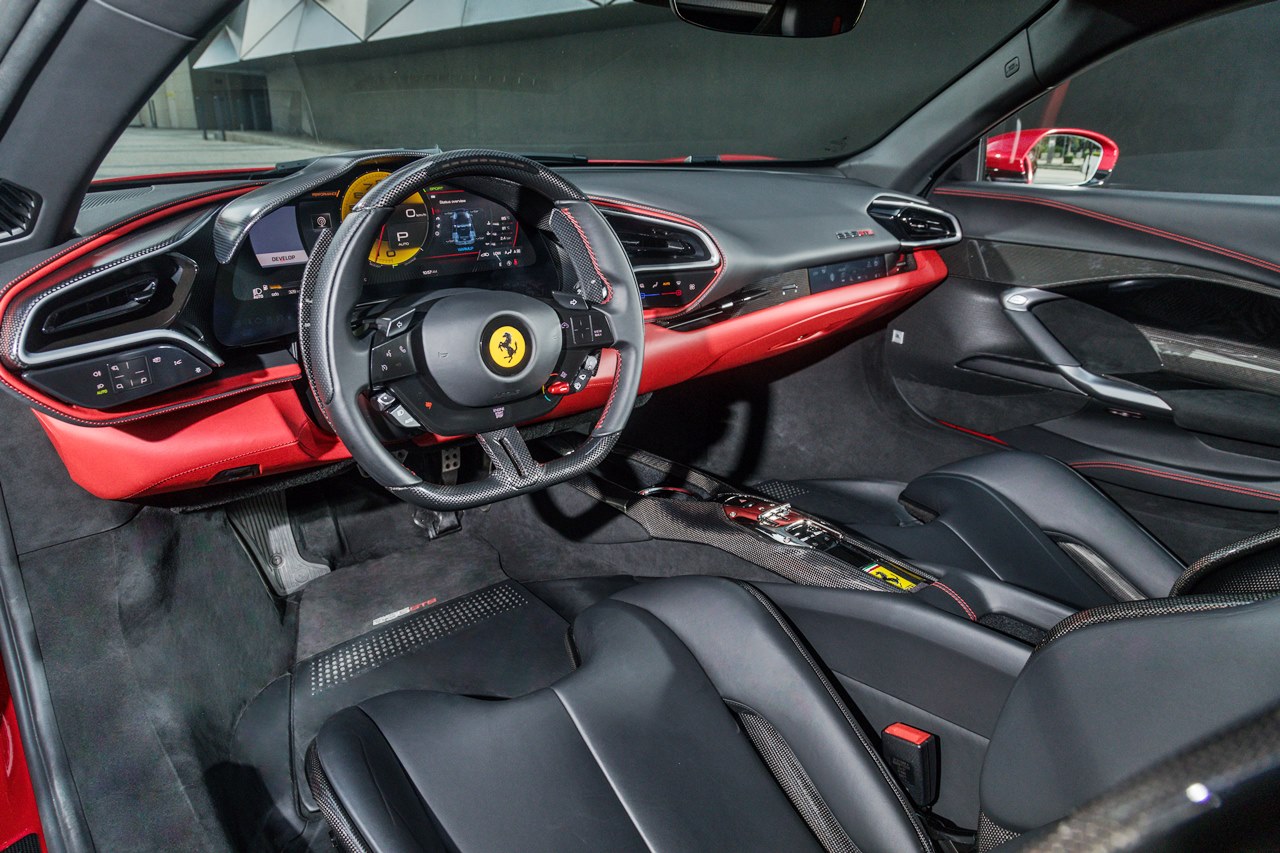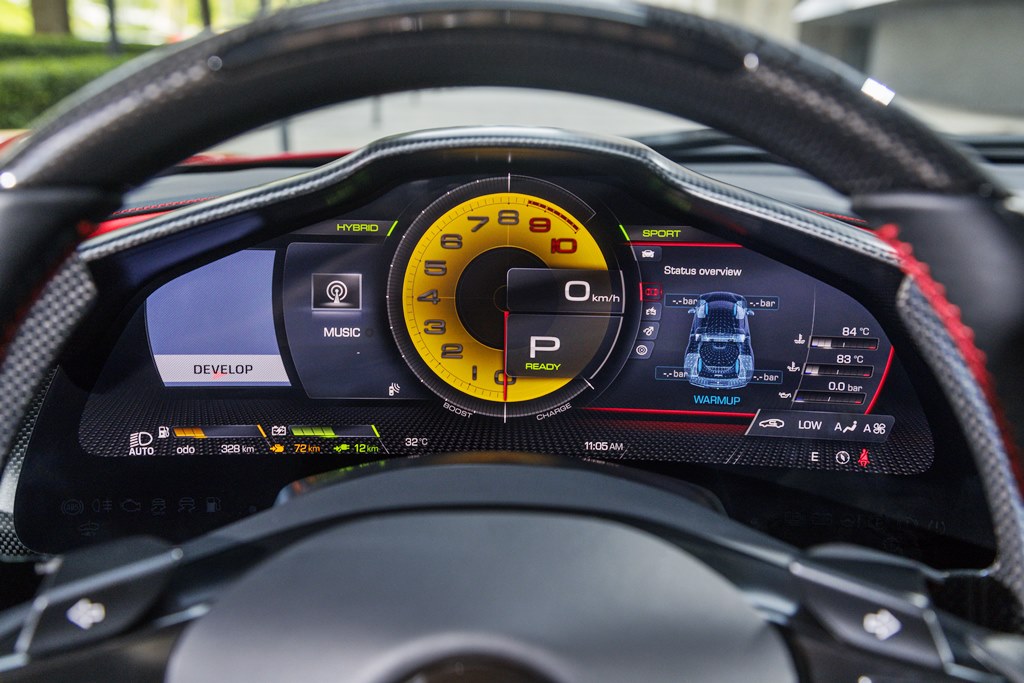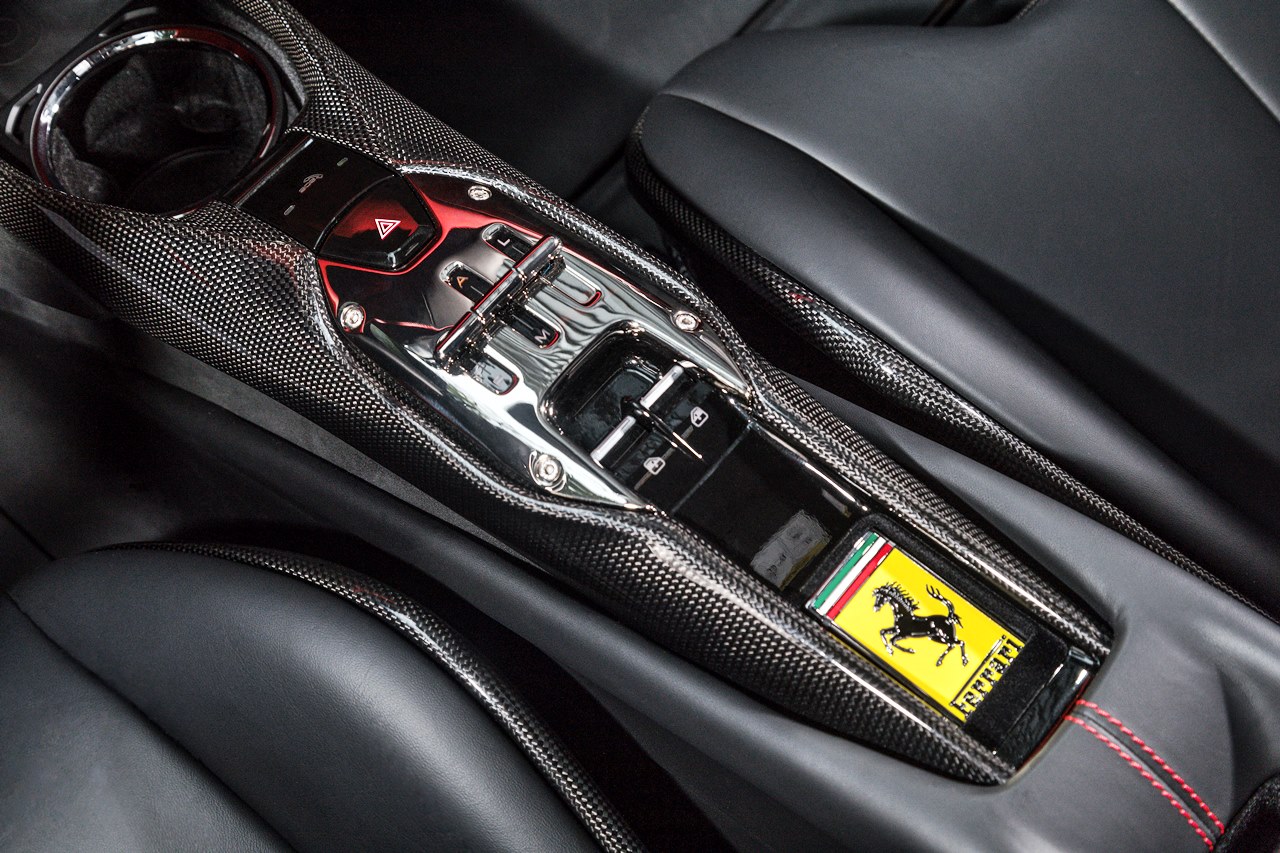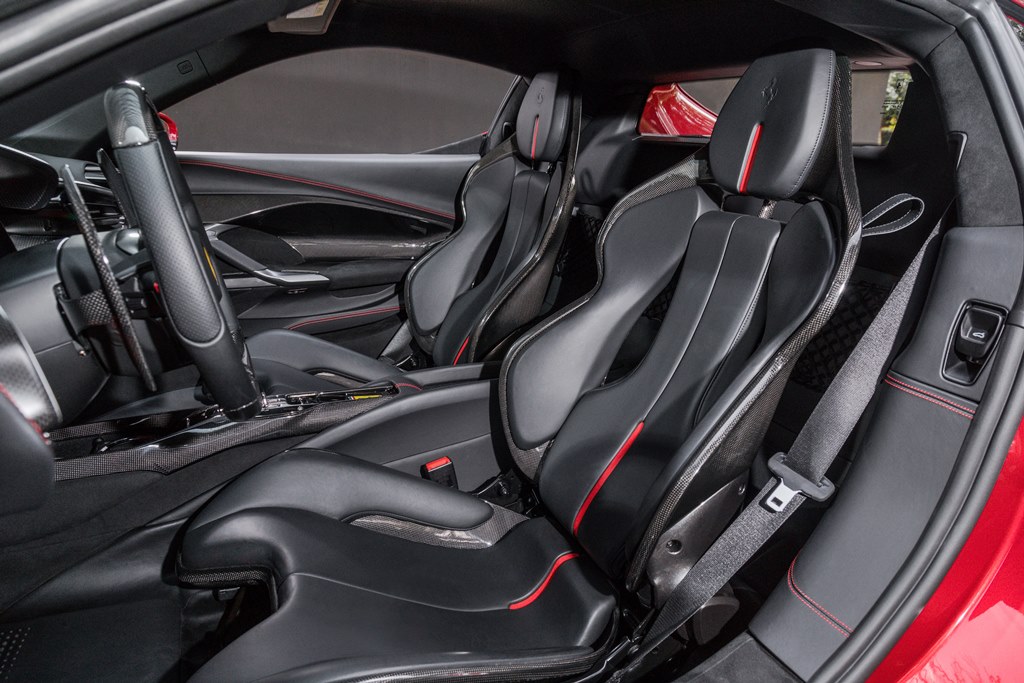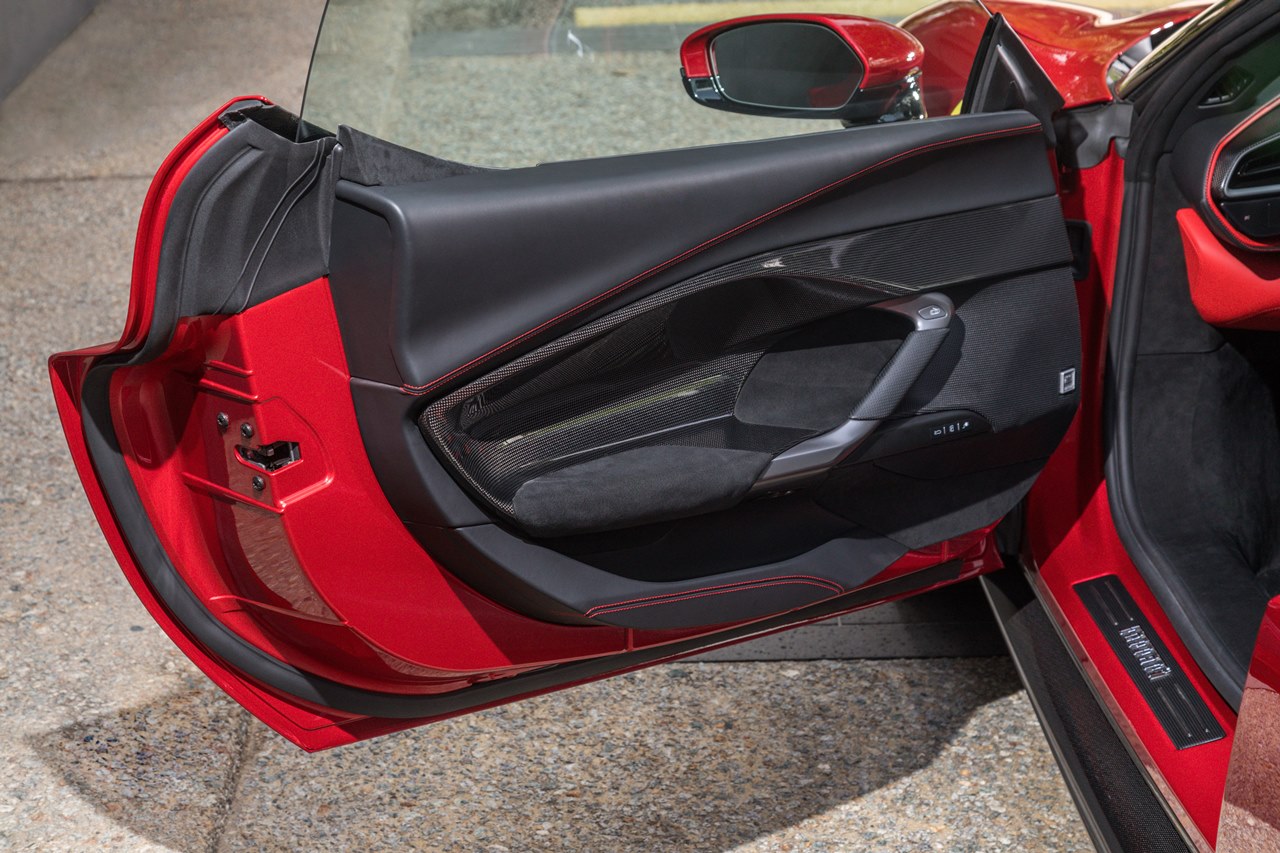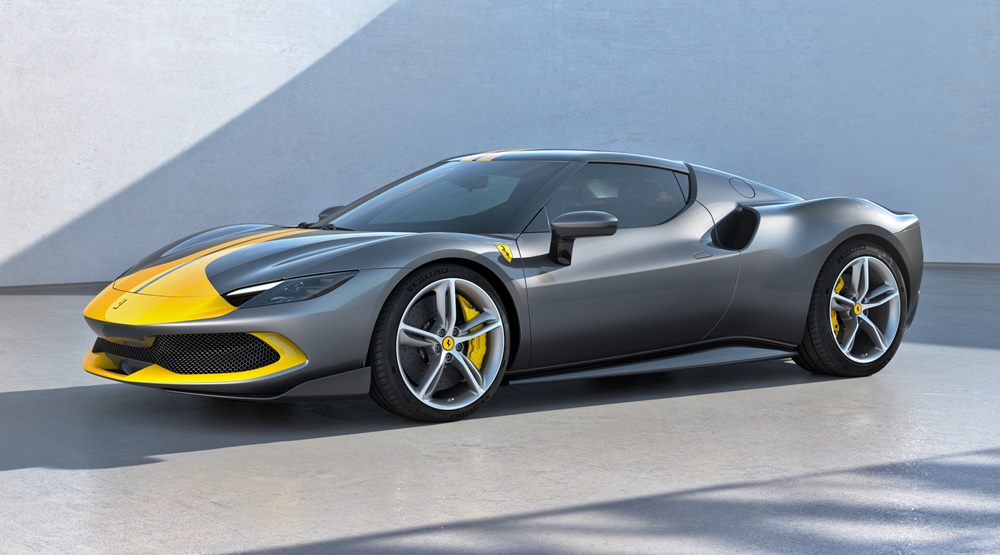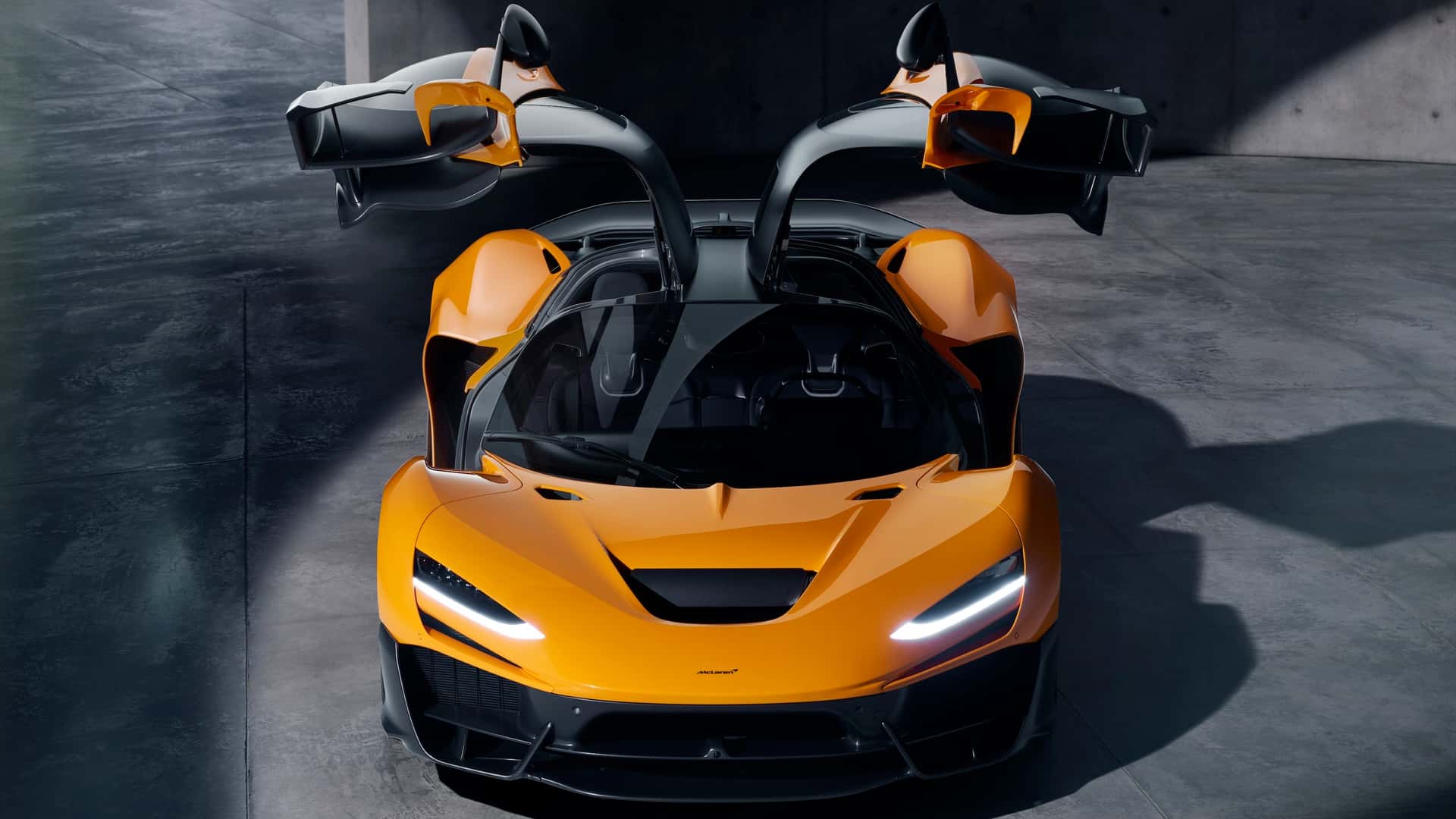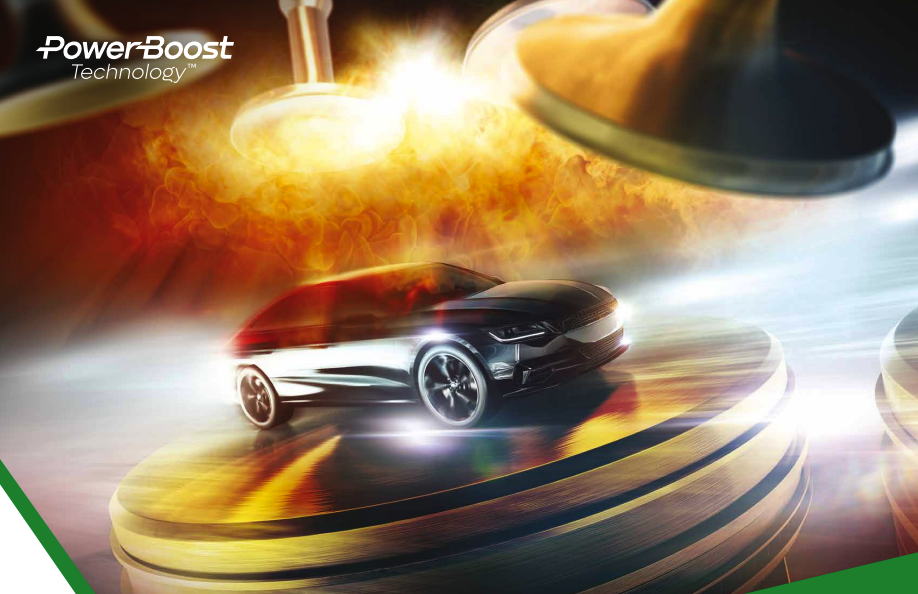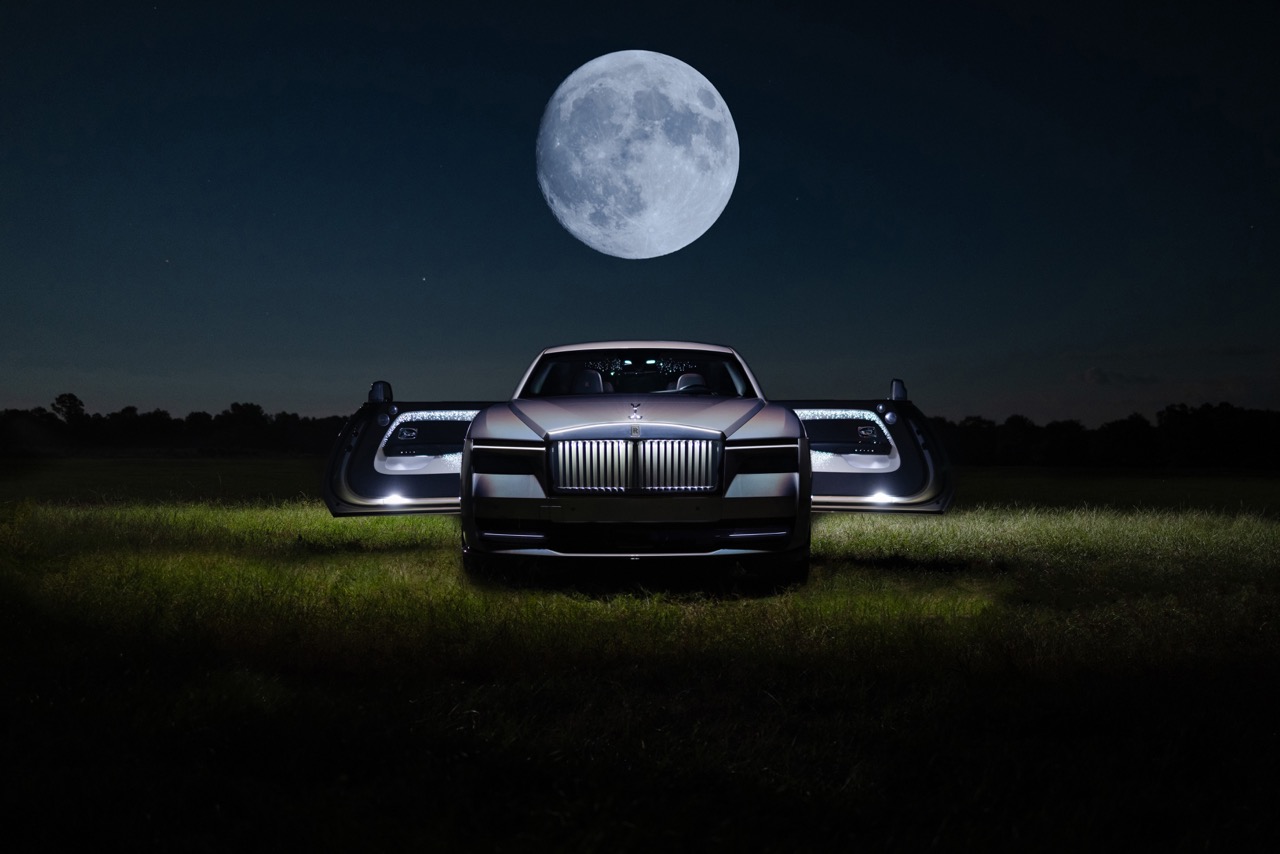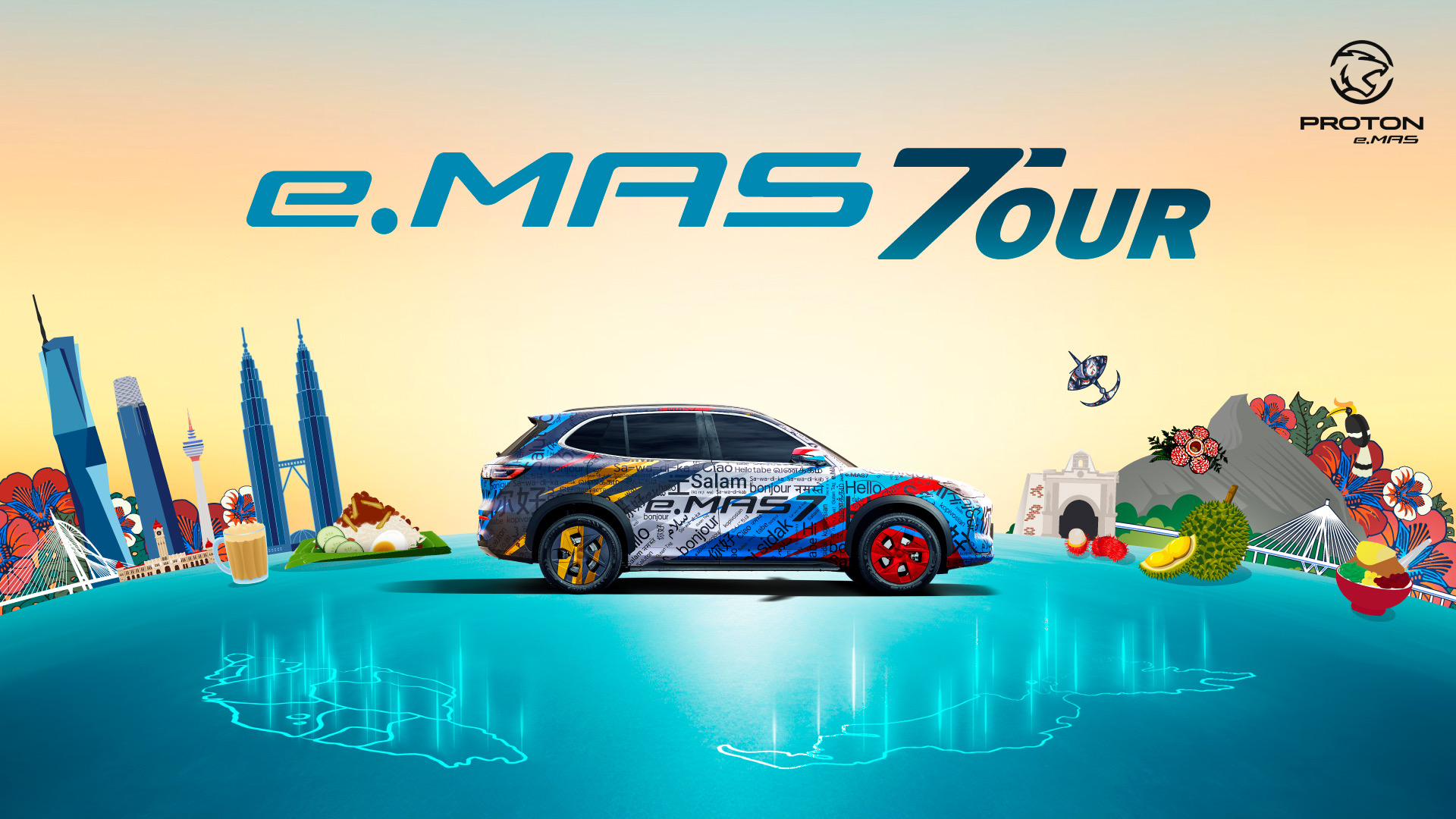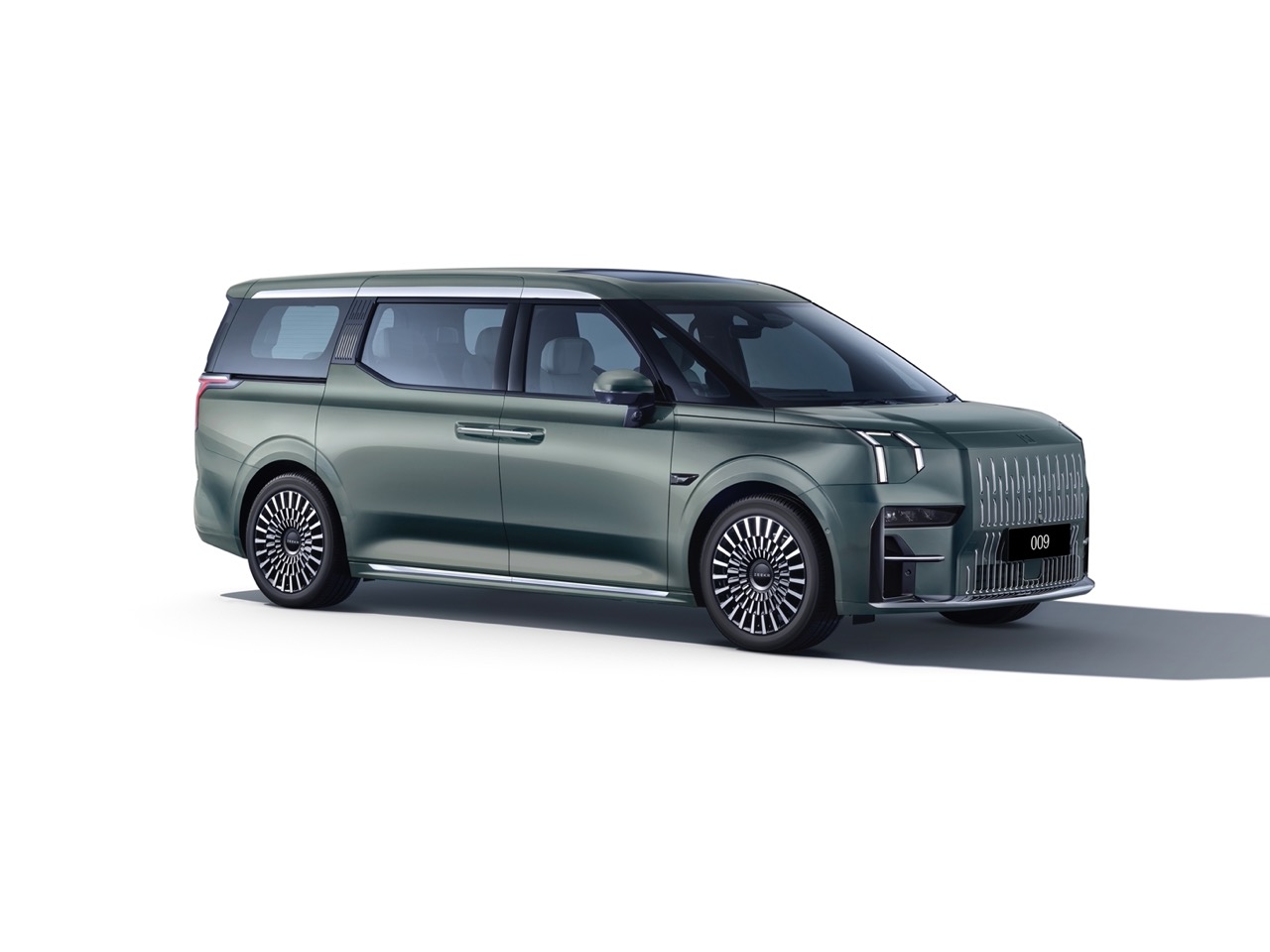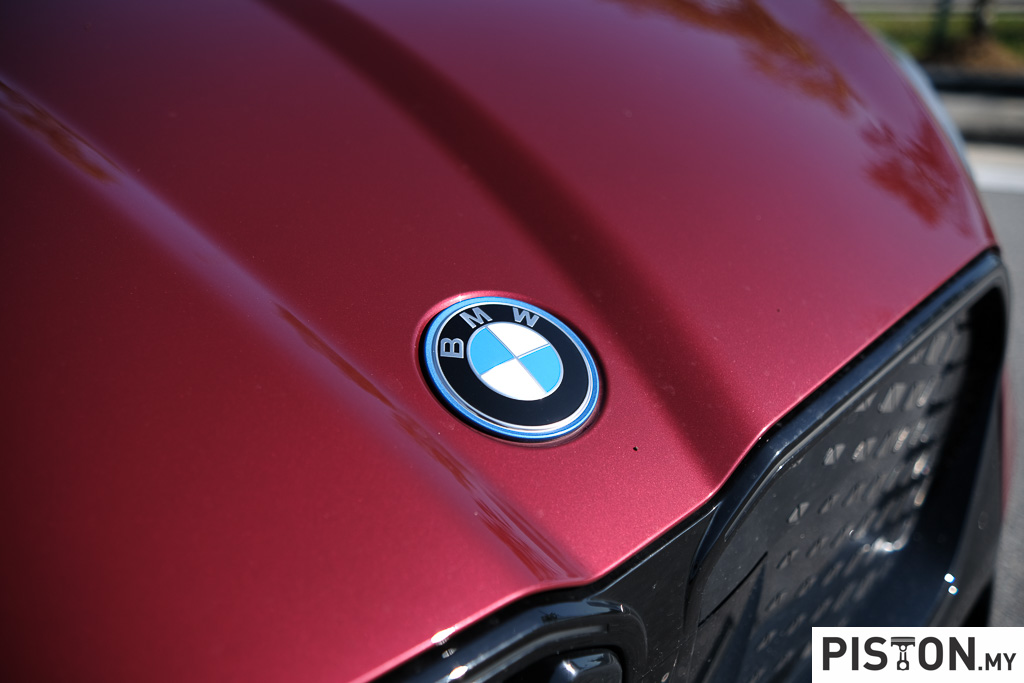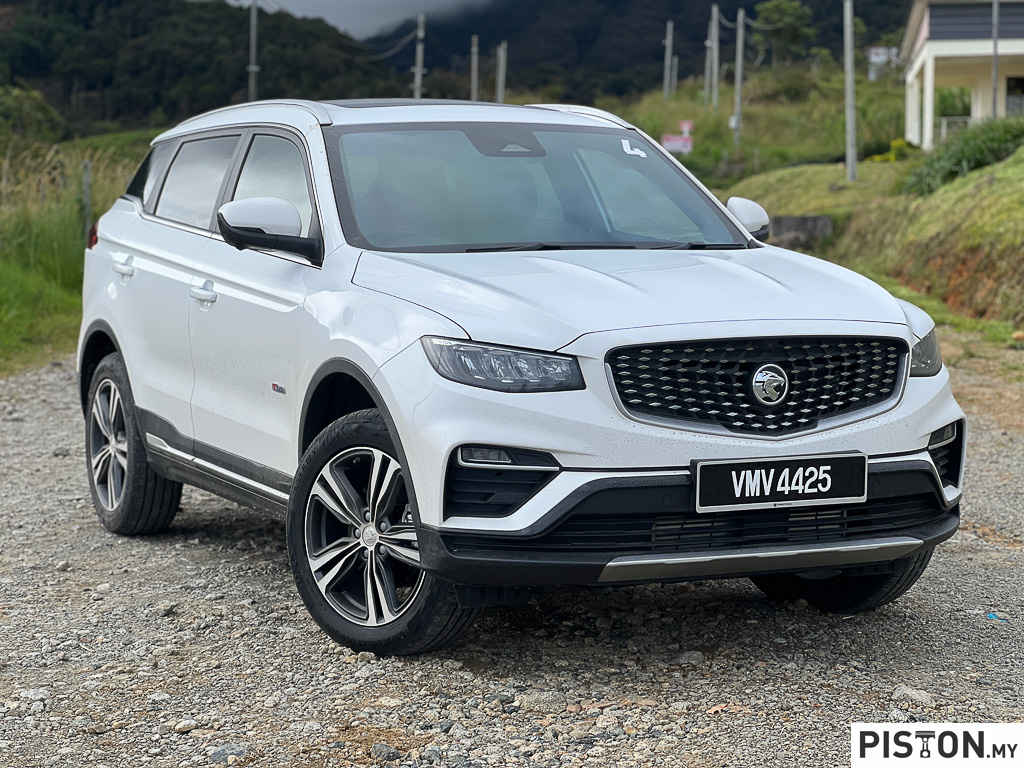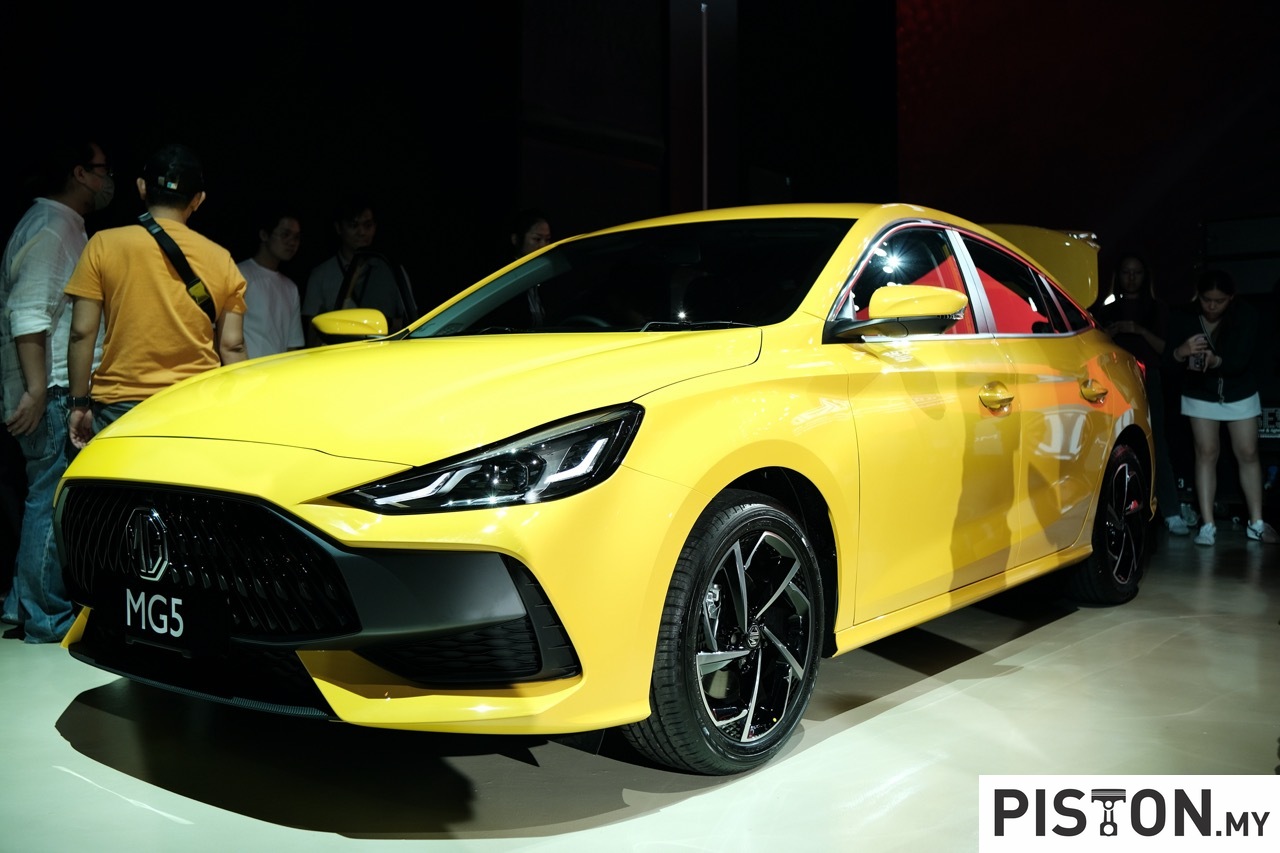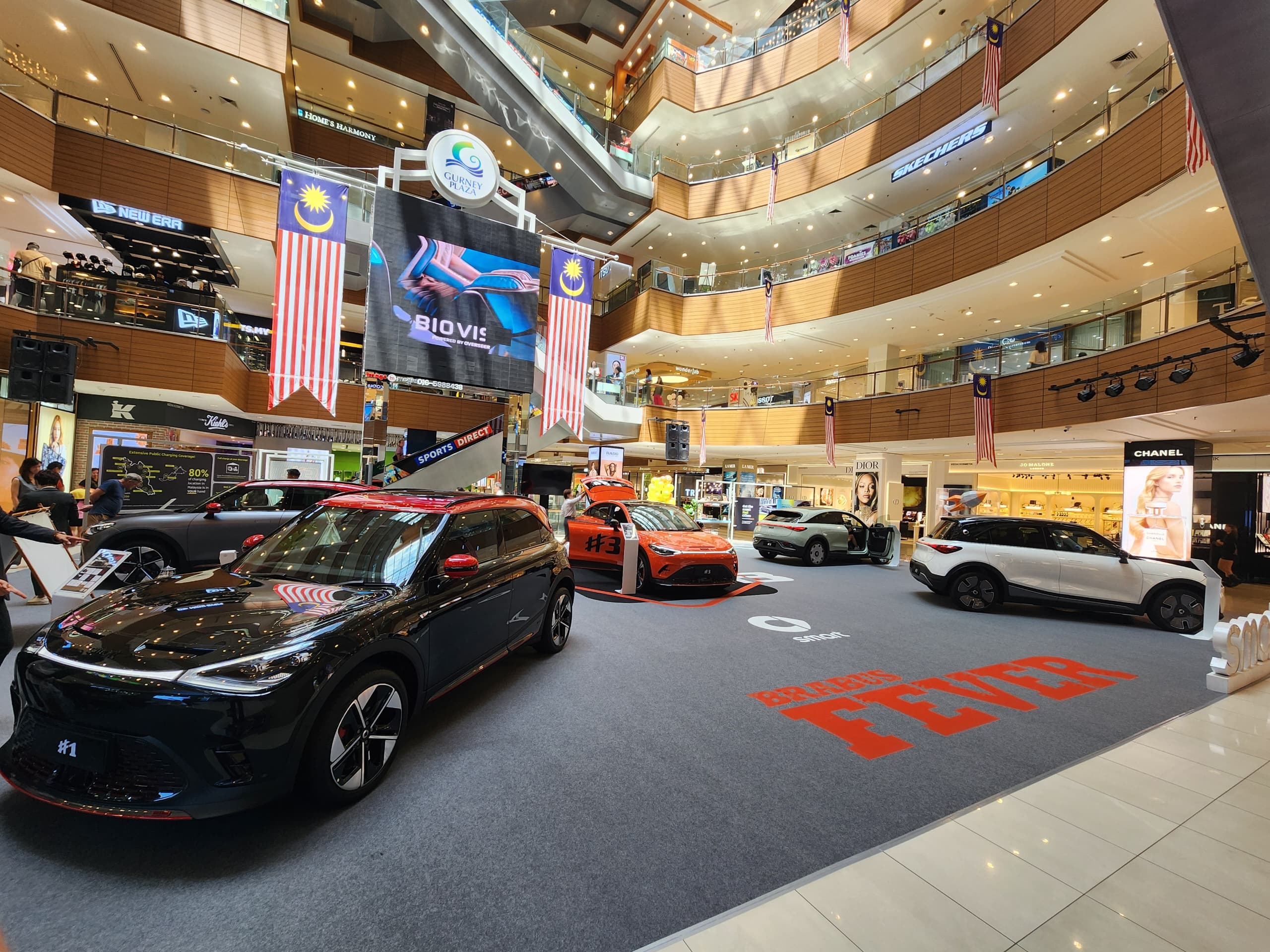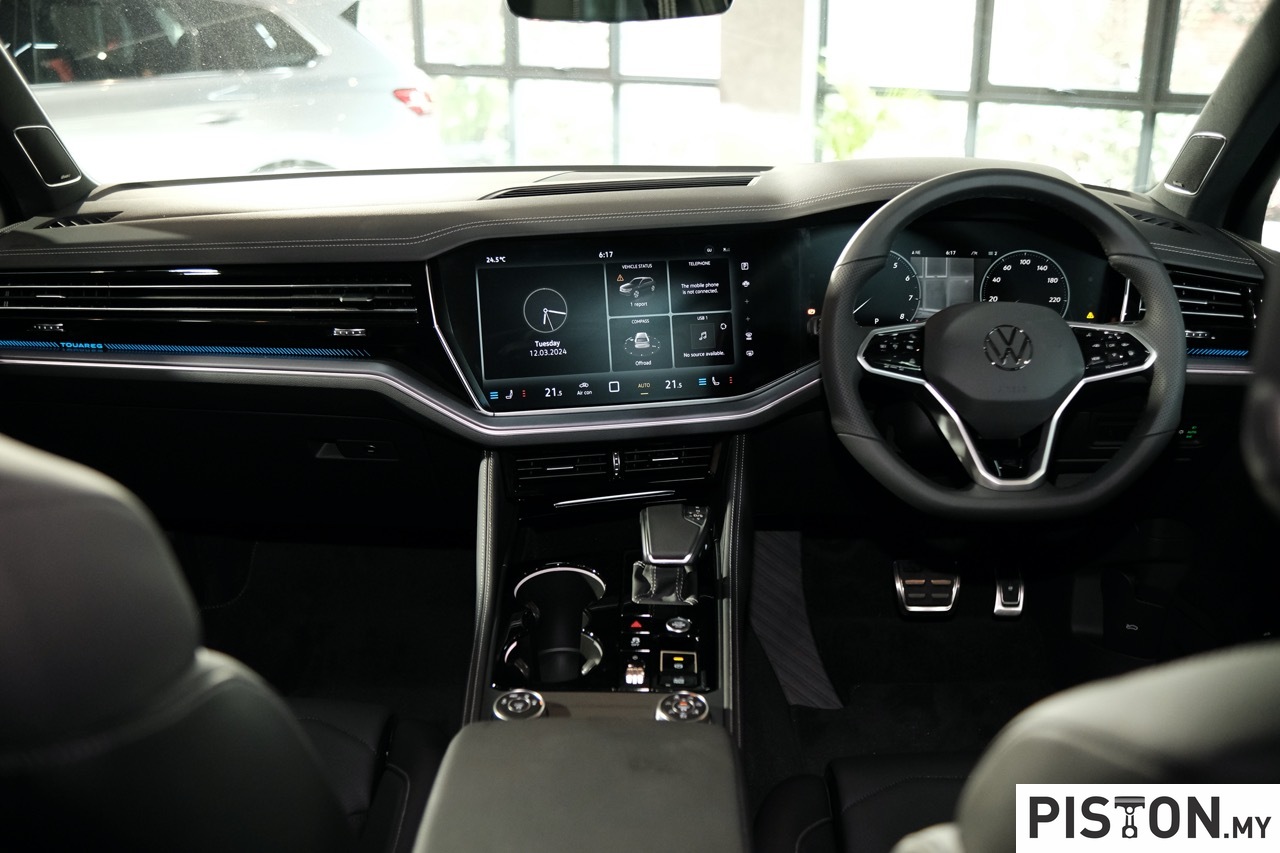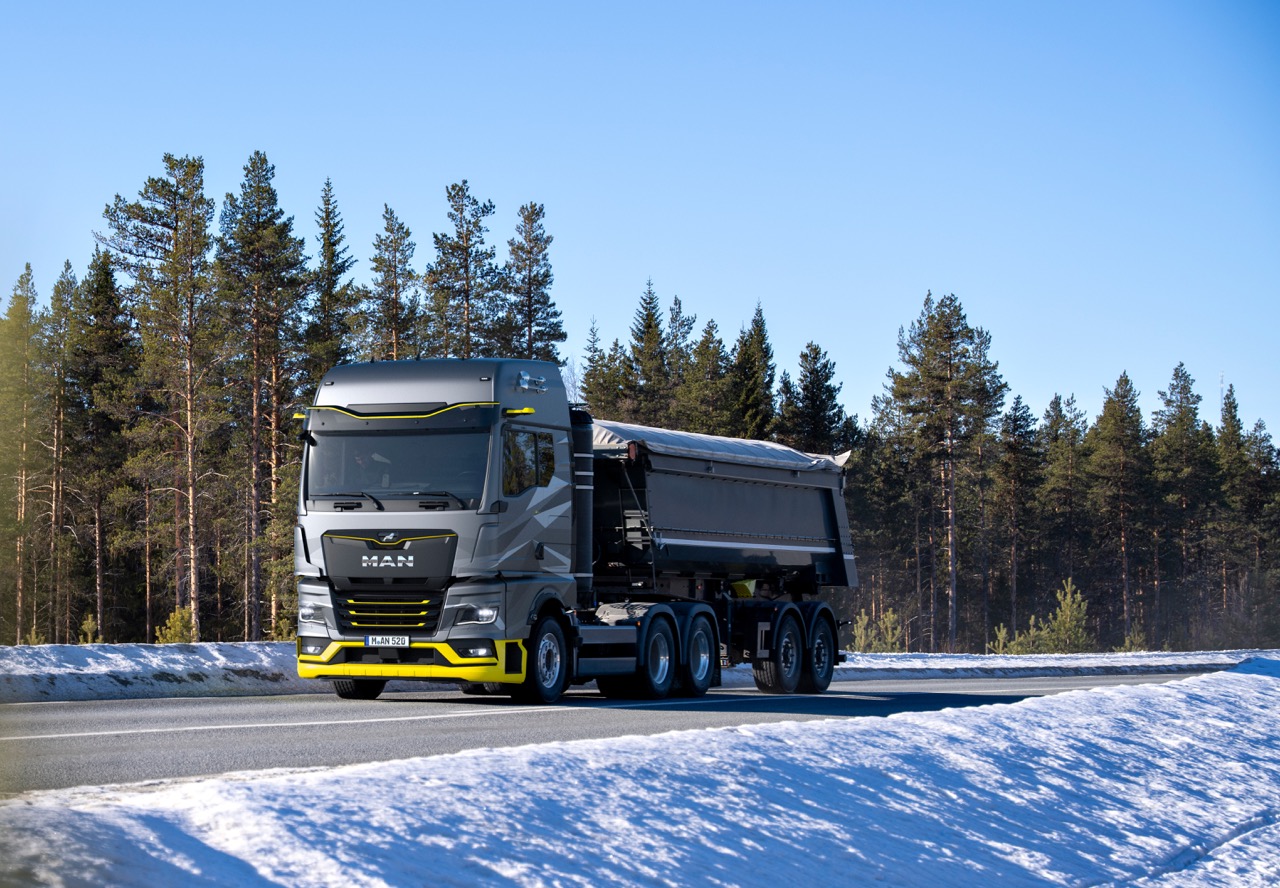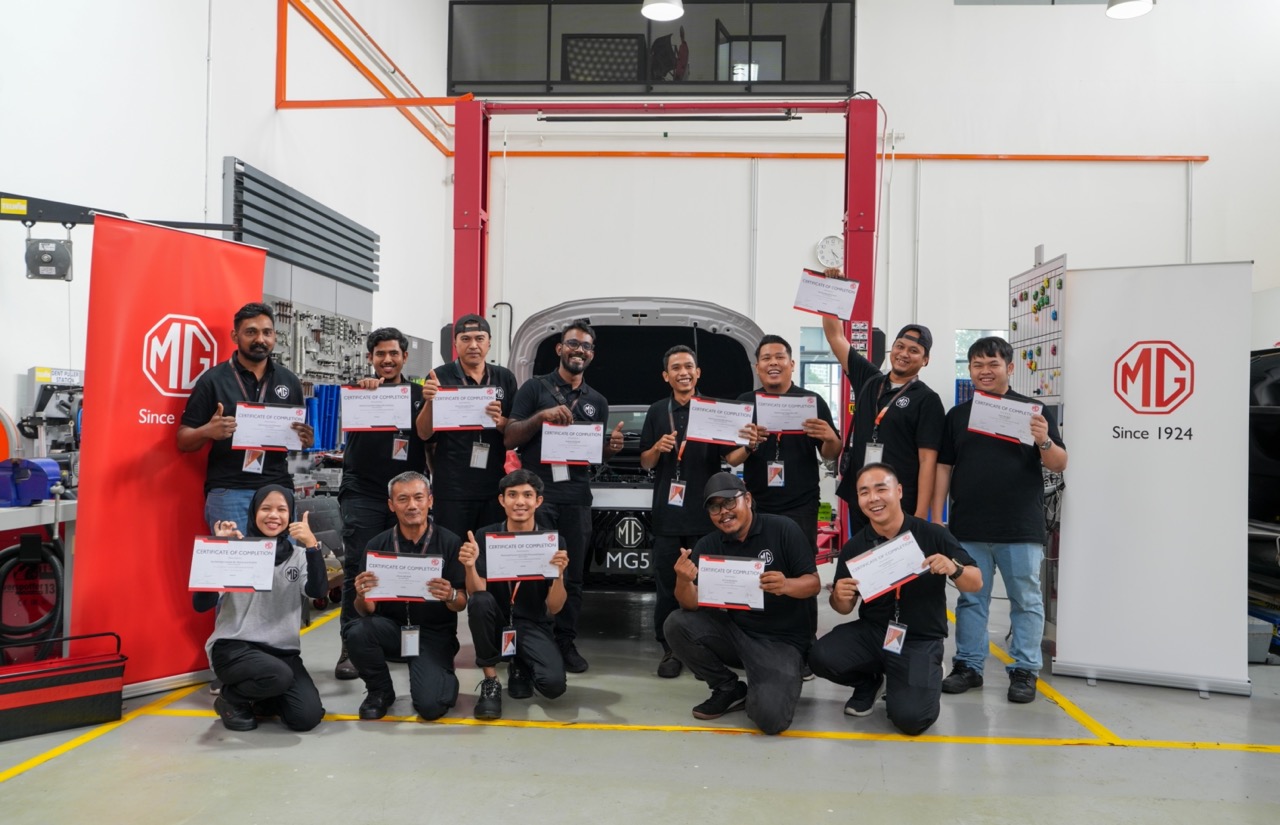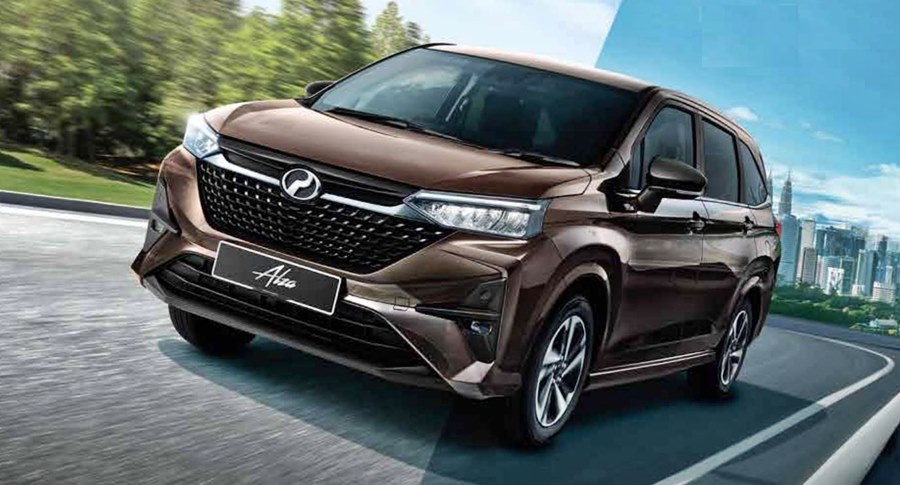‘vRS’ is to Skoda what GTI would be to Volkswagen, the designation for high-performance versions of the various models of the Czech carmaker. The vRS story began in 2001 with the Octavia getting a 178 bhp 1.8-litre turbocharged engine, the most powerful road-legal Skoda ever offered when it was launched. It had credible performance and from that model, Skoda engineers began to always develop an extra-hot version of each model range deserving of the vRS badge.
Actually, Skoda had initially wanted to use ‘RS’ as the designation, the two letters referring to ‘Rally Sport’ which the carmaker had participated in since the 1960s. However, in the UK, they had a problem as Ford felt its RS models were already well established and did not want another manufacturer confusing customers. So rather than fight over the matter, Skoda decided to add a ‘v’ (for ‘victory’) to the RS and thus the ‘vRS’ badge was born. However, in many markets, the badge is more distinctly shown as ‘RS’ and the model also referred to as ‘RS’.
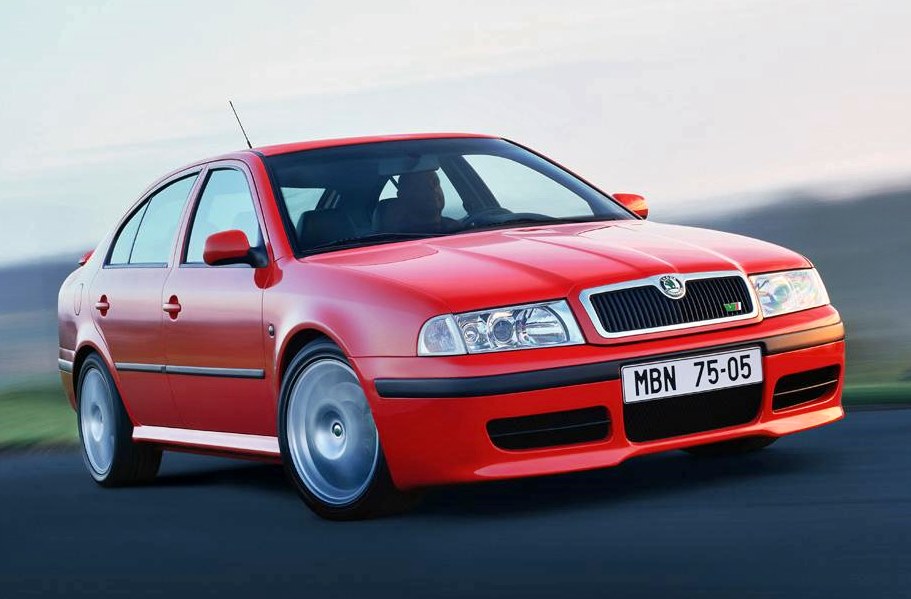
Over the years, impression vRS models have appeared in showrooms, with the first performance SUV from the brand being the Kodiaq vRS in 2019, and it had a 235-bhp twin-turbo diesel engine. This July, Skoda will launch its first all-electric model to have the vRS badge – the ENYAQ Coupe iV vRS.
Like the ENYAQ iV SUV, the new ENYAQ Coupe iV vRS also use the Volkswagen Group’s MEB modular platform developed specially for battery electric vehicles (BEVs). The ENYAQ iV models are the first modern-day Skoda vehicles with a rear motor and rear-wheel drive/dual-motor and all-wheel drive.
The ENYAQ Coupé iV vRS is powered by an 82 kWh lithium-ion battery pack providing electricity to the electric motors at the front and rear axles. The system output is 299 ps with maximum torque rated at 460 Nm and available virtually from standstill. This will give a claimed 0 to 100 km/h time of 6.5 seconds and a top speed of almost 180 km/h.
A range of almost 500 kms is claimed on a fully charged battery pack. The system is able to accept rapid charging at levels up to 135 kW, which will enable an 80% charge to be achieved within 36 minutes (depending on charging level). On a standard 7.2 kW home wallbox, however, the time to fully recharge will be around 13 hours if the battery pack is completely empty.
As would be expected with the vRS badge on it, the ENYAQ Coupe iV has a sporty appearance with gloss black surrounds for the grille, window trim and rear diffuser. Badges, tailgate lettering and the air curtain trim on the front apron are also finished in black, while the rear bumper adds a full-length red reflector – a design feature shared will all other vRS models.
Specific to the vRS version are black 20-inch Taurus wheels as standard with 21-inch Vision wheels with an anthracite finish available as an option. Both feature aerodynamically optimized plastic Aero trims. Full LED matrix headlights and Crystal Face (illuminated by 131 LEDs) complete the vRS model’s exterior design package.
Inside, the ENYAQ Coupe iV vRS is fitted with a model-specific Design Selection exclusively reserved for the sporting flagship of the range. In addition to black perforated leather sports seats with integrated headrests, grey piping and contrast stitching, the vRS also gets a leather multifunction sports steering wheel. The dashboard is upholstered in a leather-look material to match the seats and is edged with contrast stitching.
Standard equipment includes carbonfibre effect inserts on the dashboard and door trim and aluminium pedals, plus LED ambient lighting and an electrically operated boot with virtual pedal. To further enhance the responsive driving experience, Dynamic Steering is standard, complementing the sports chassis that is 15 mm lower at the front and 10 mm at the rear.




